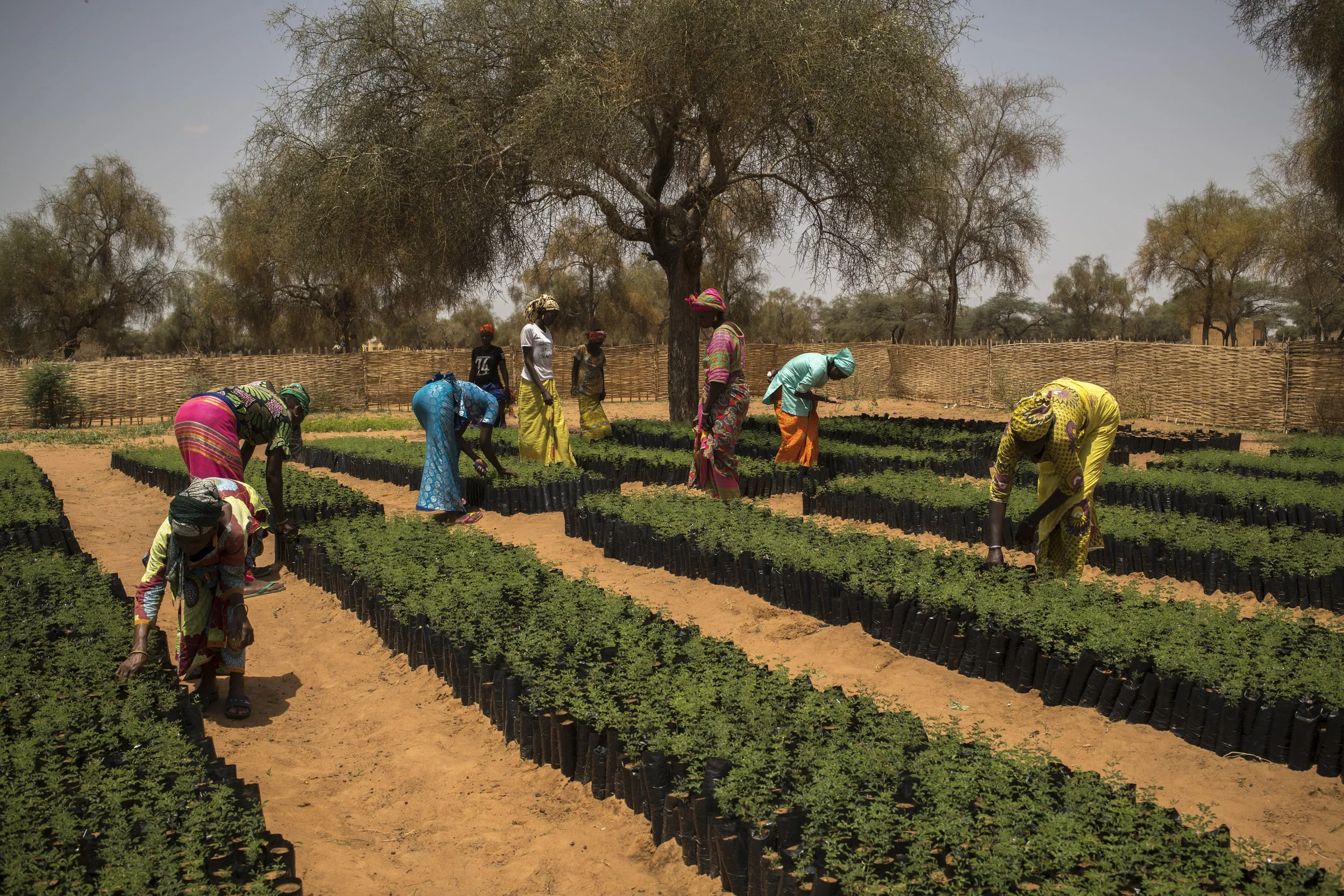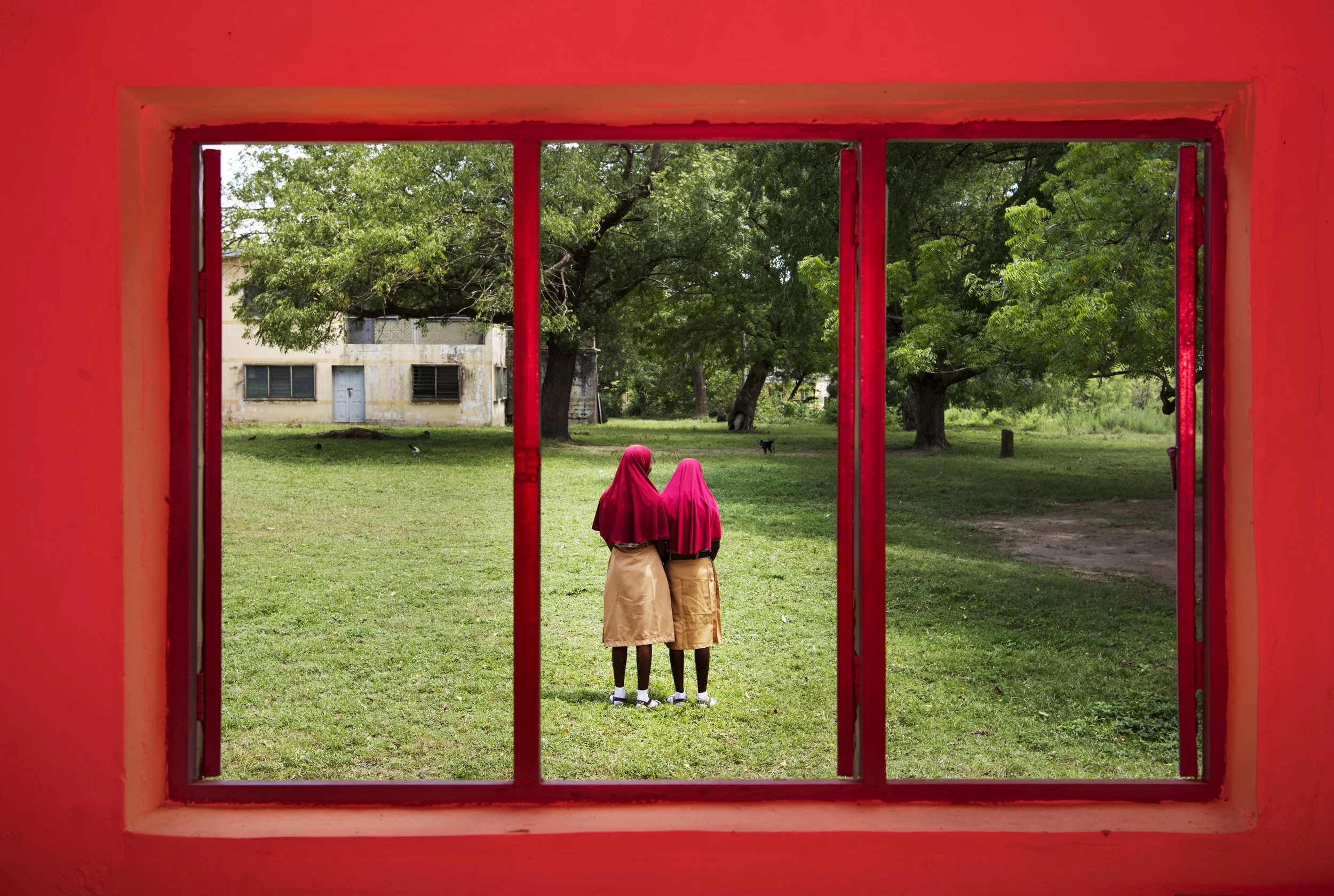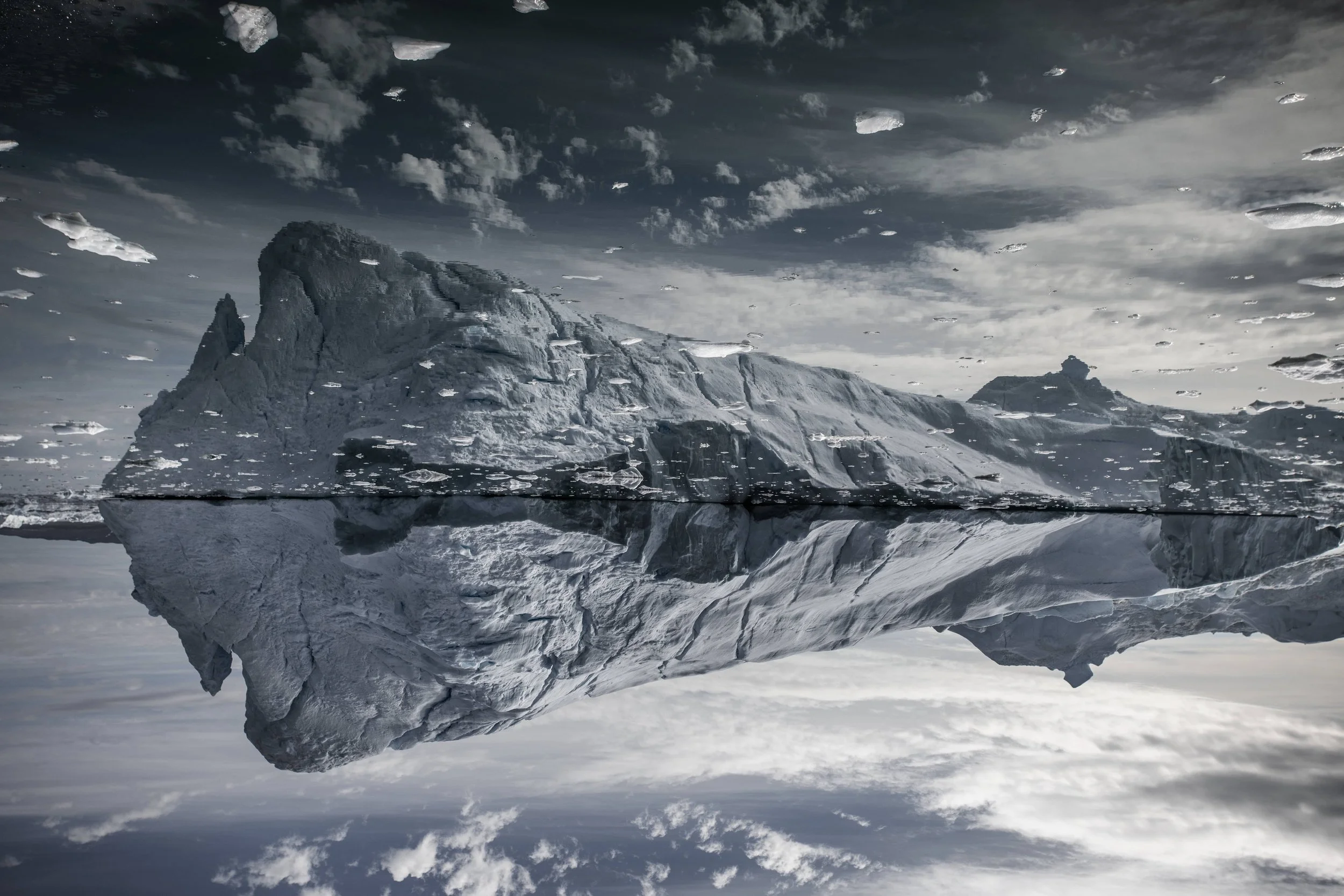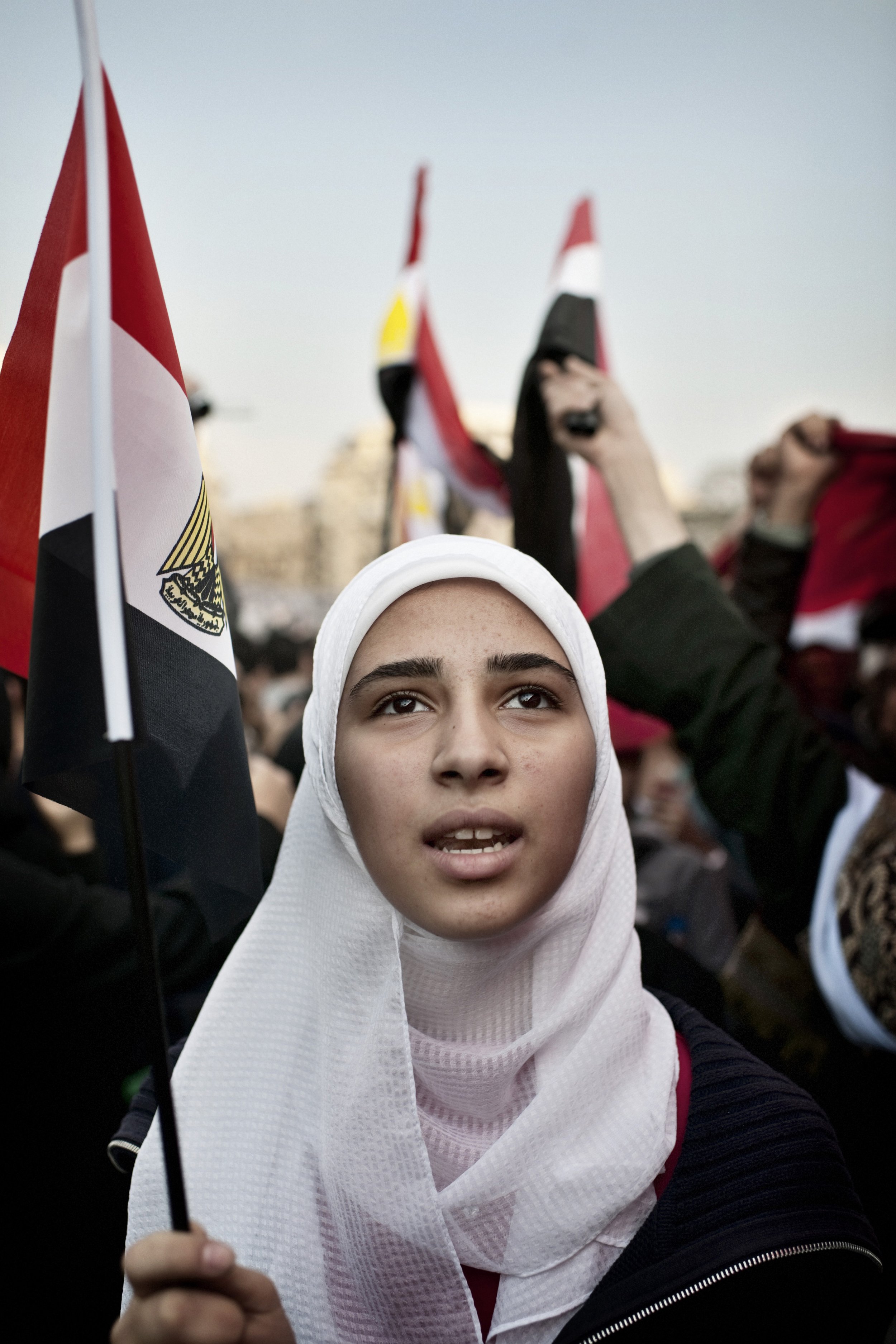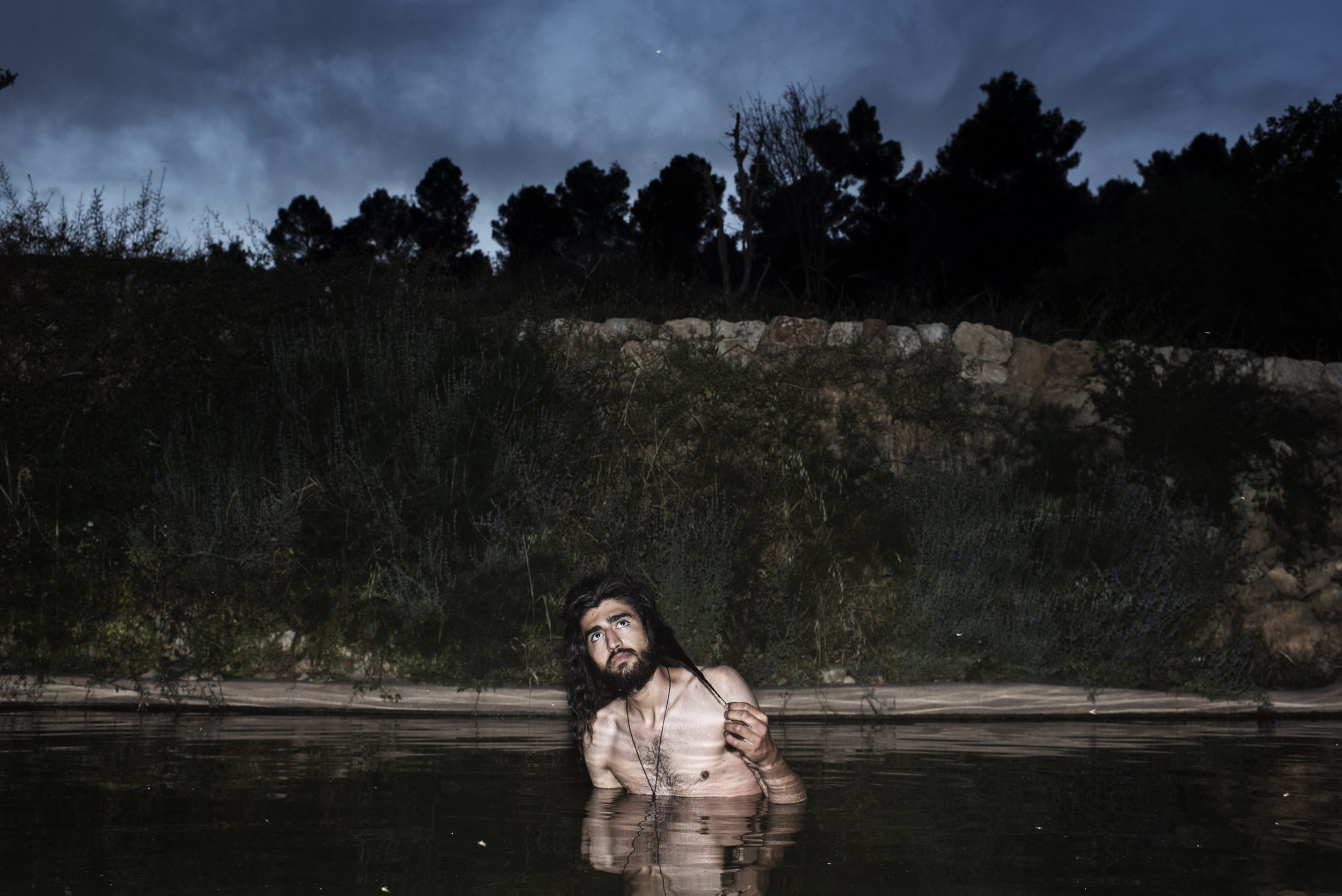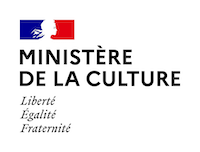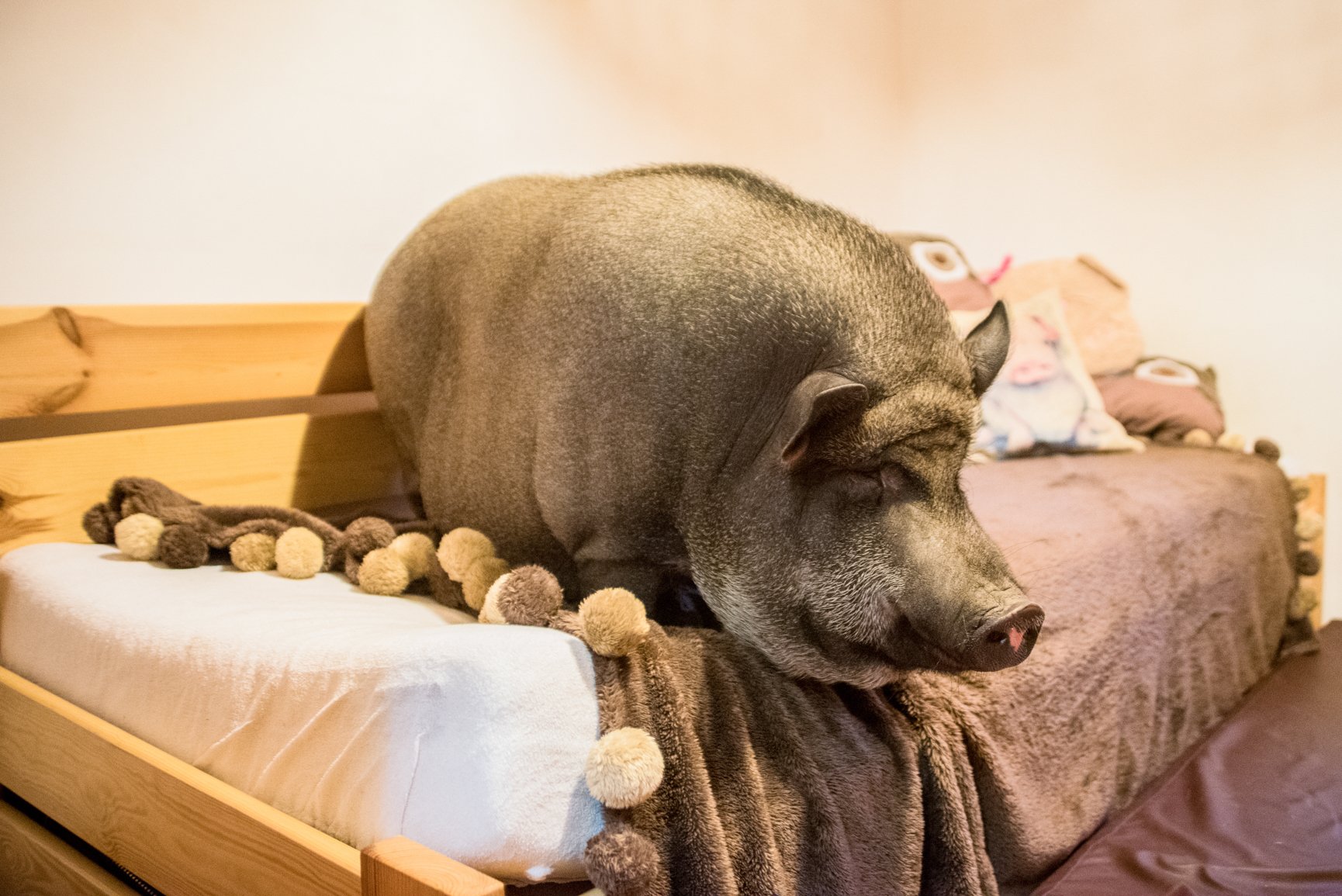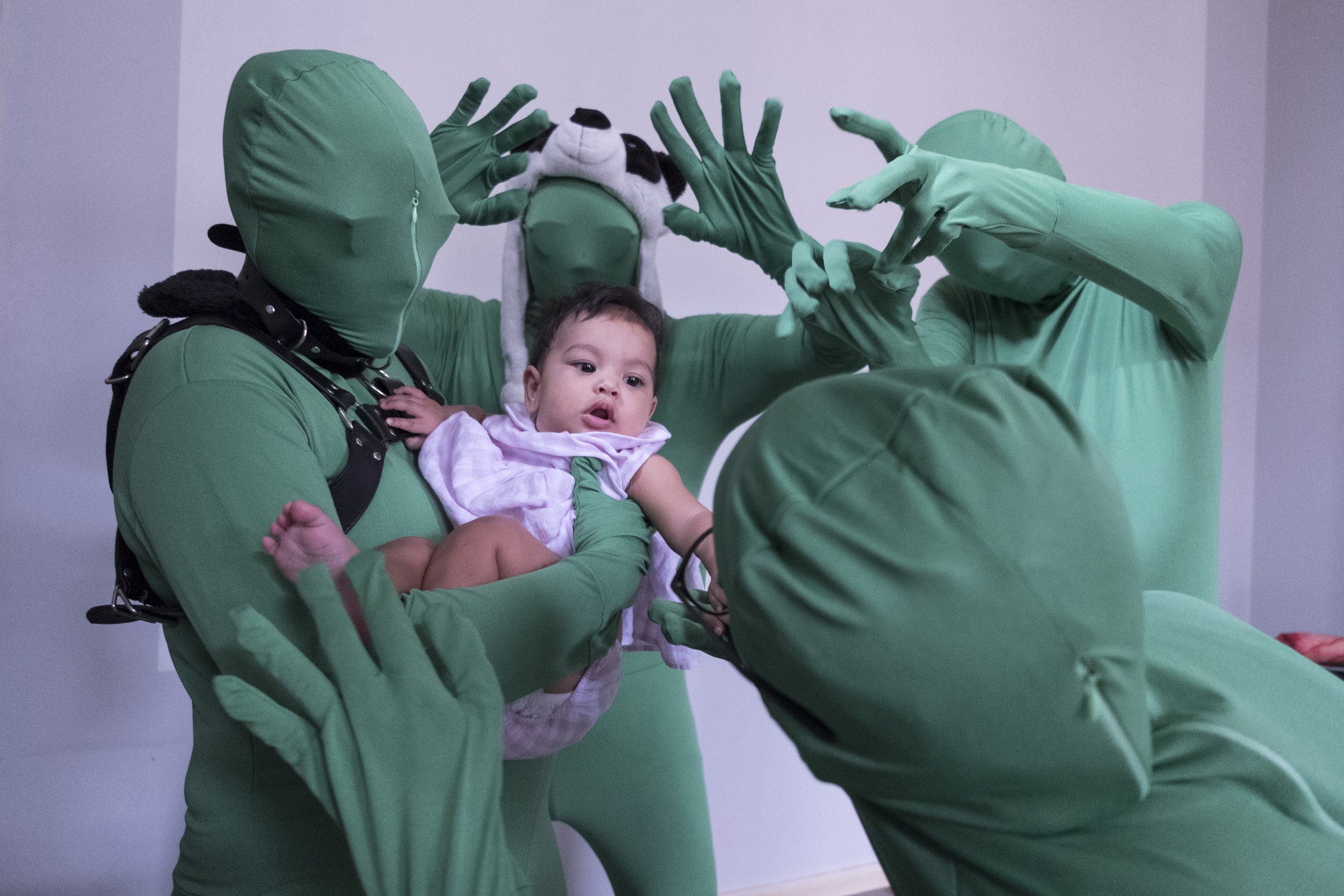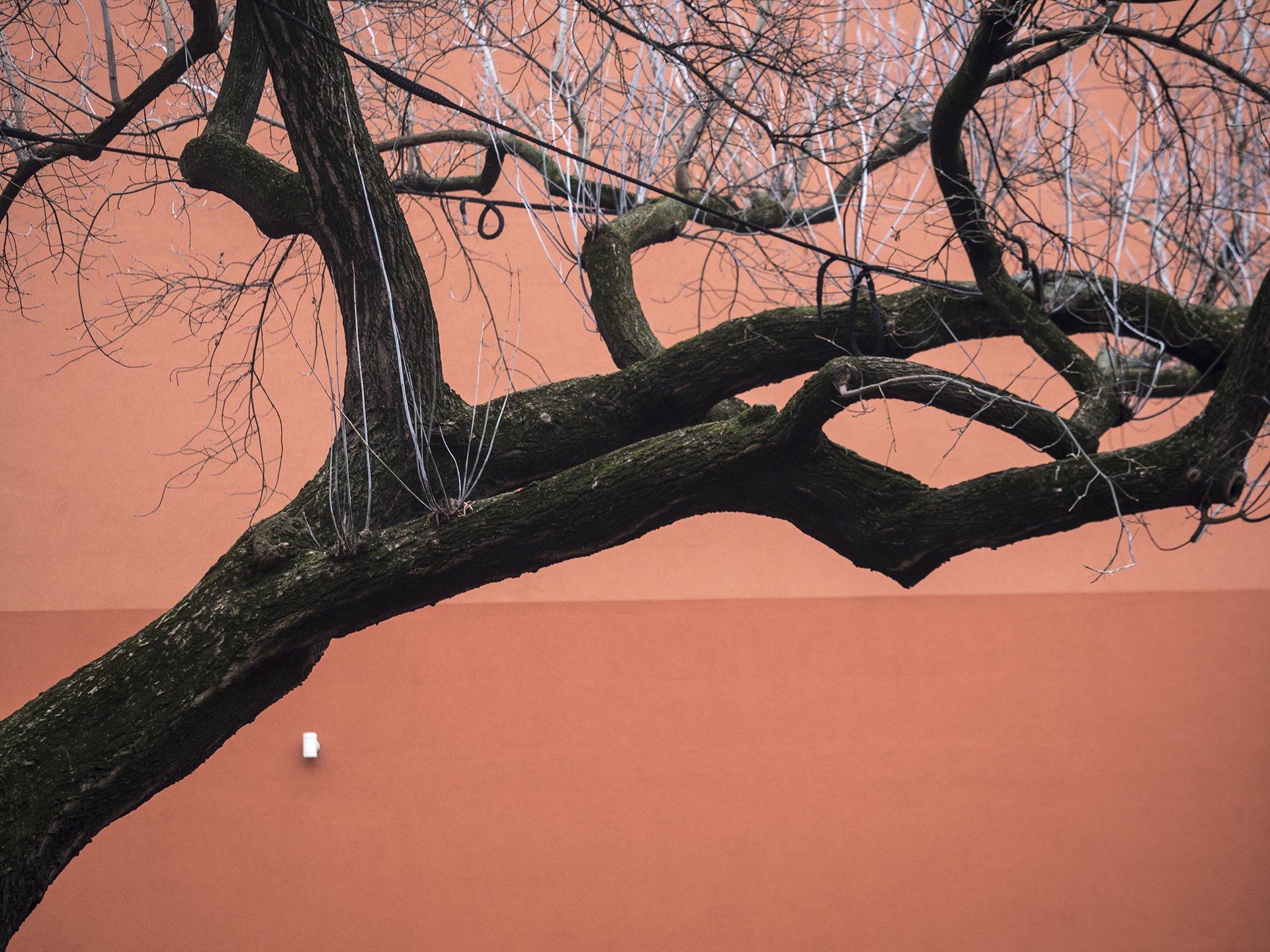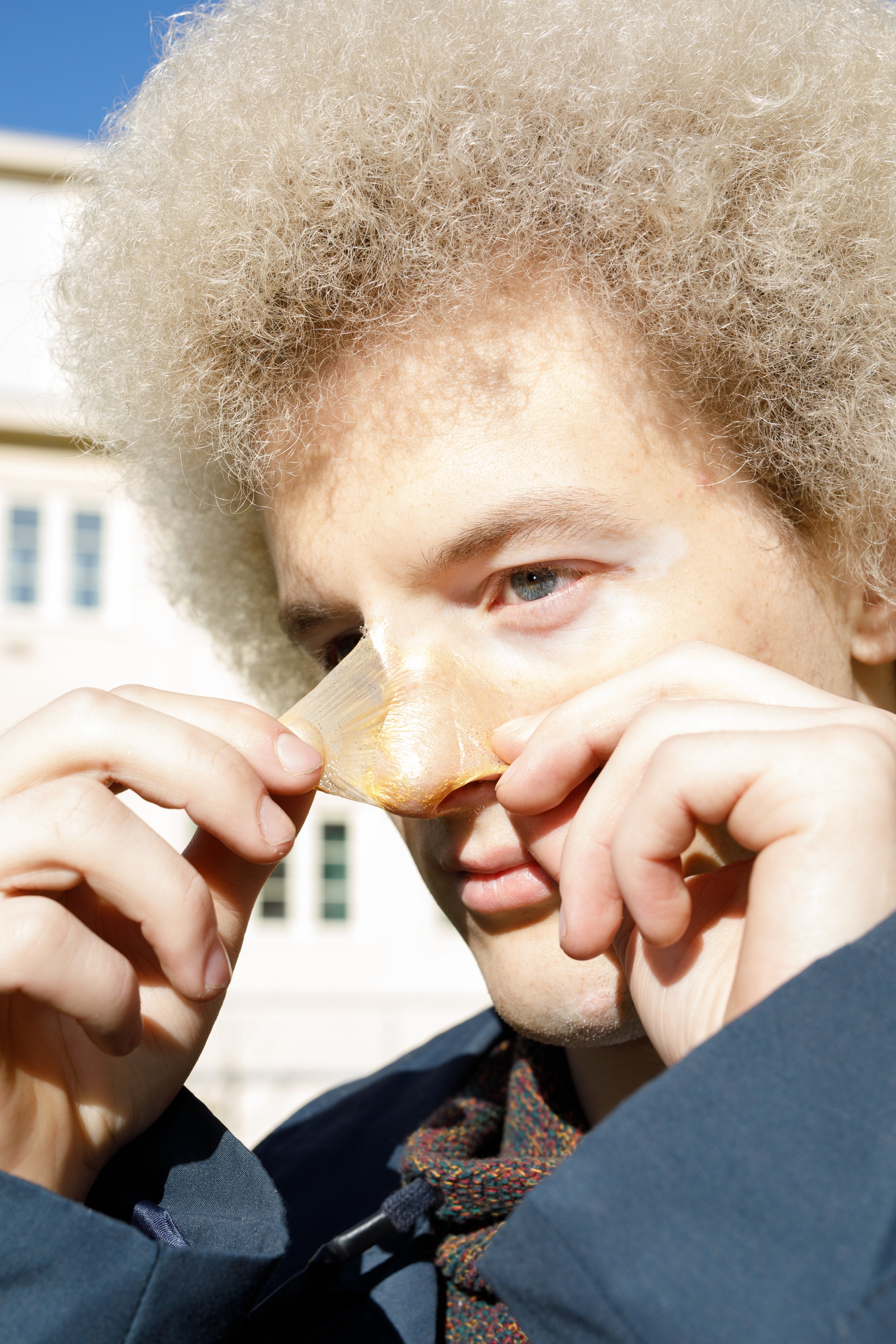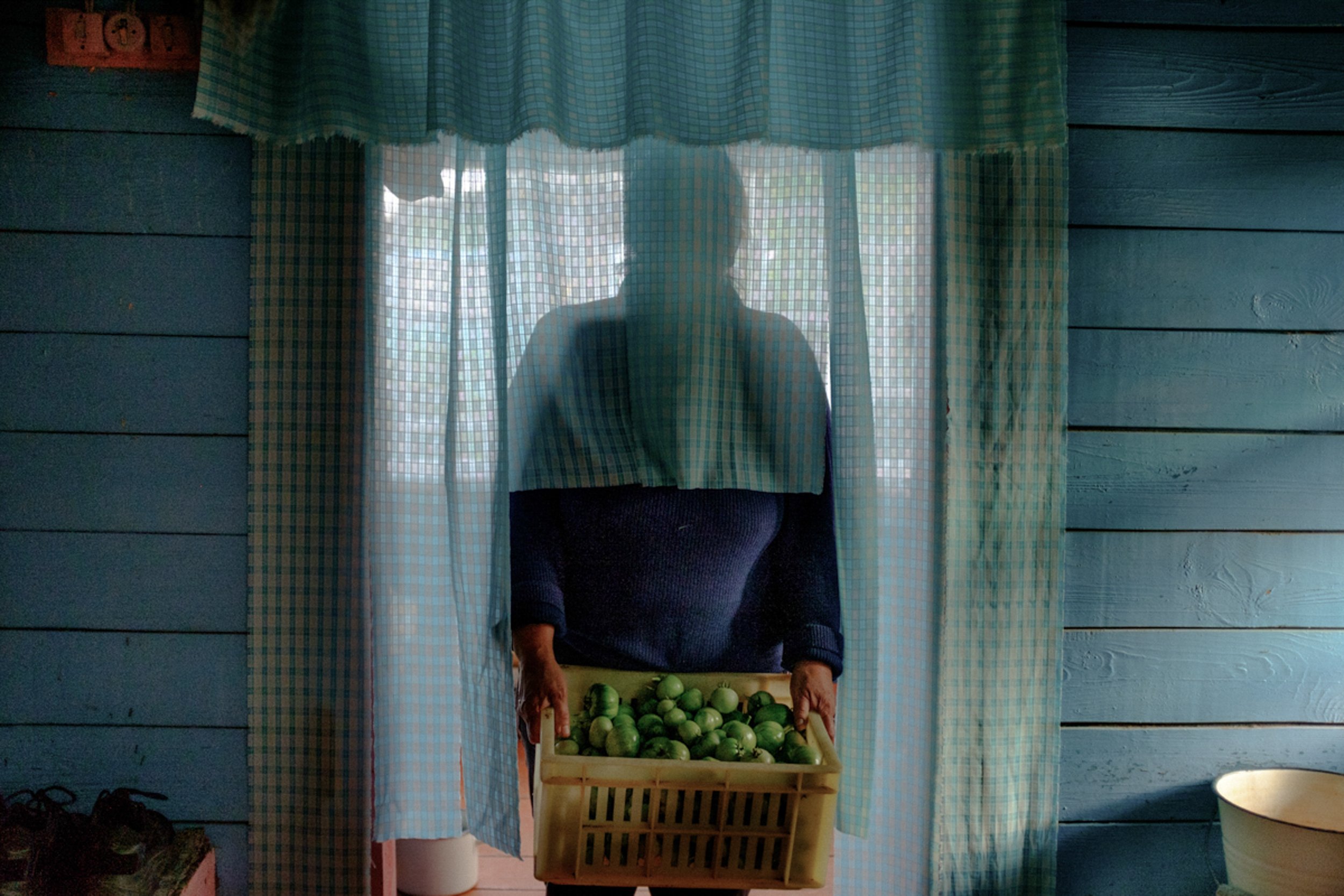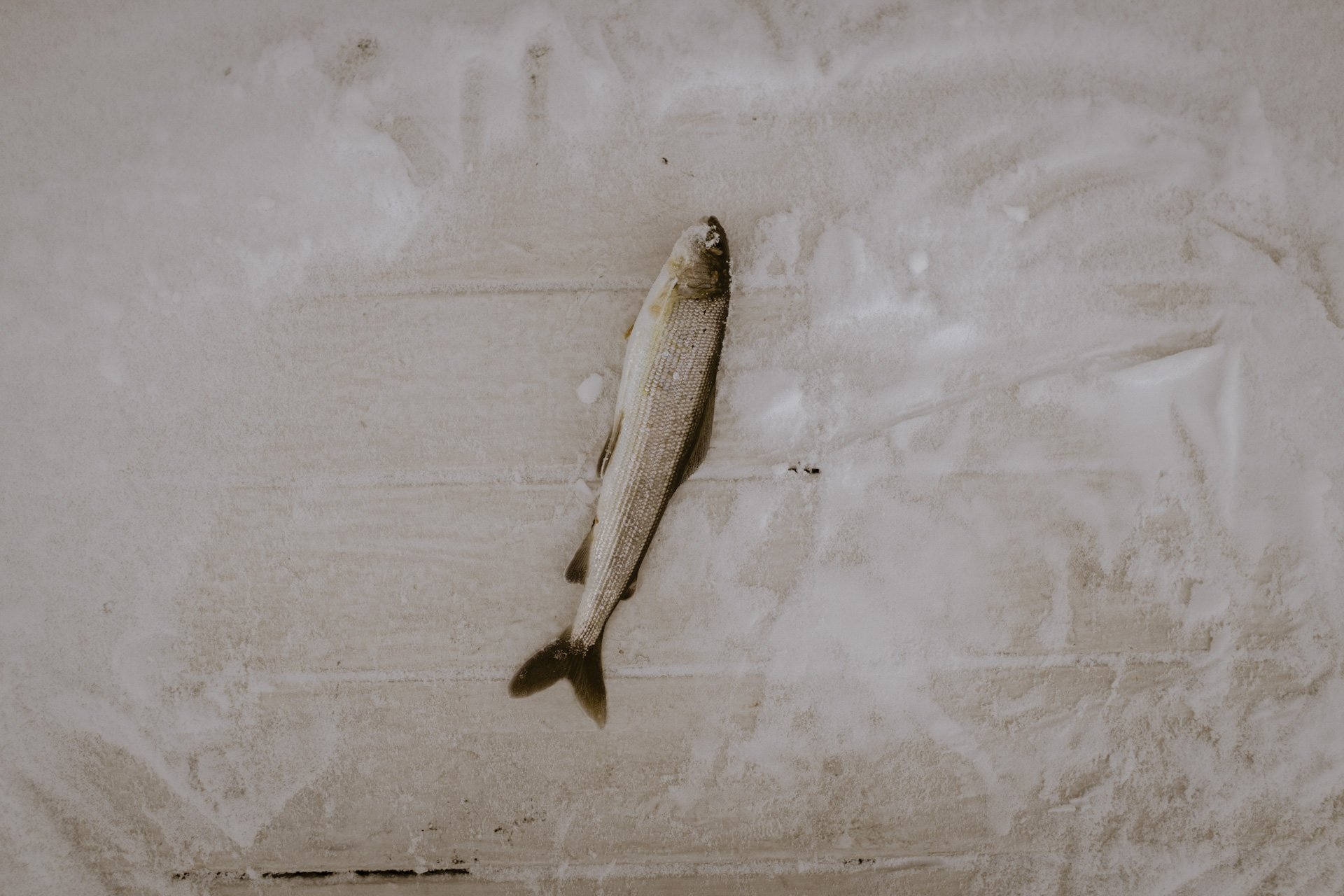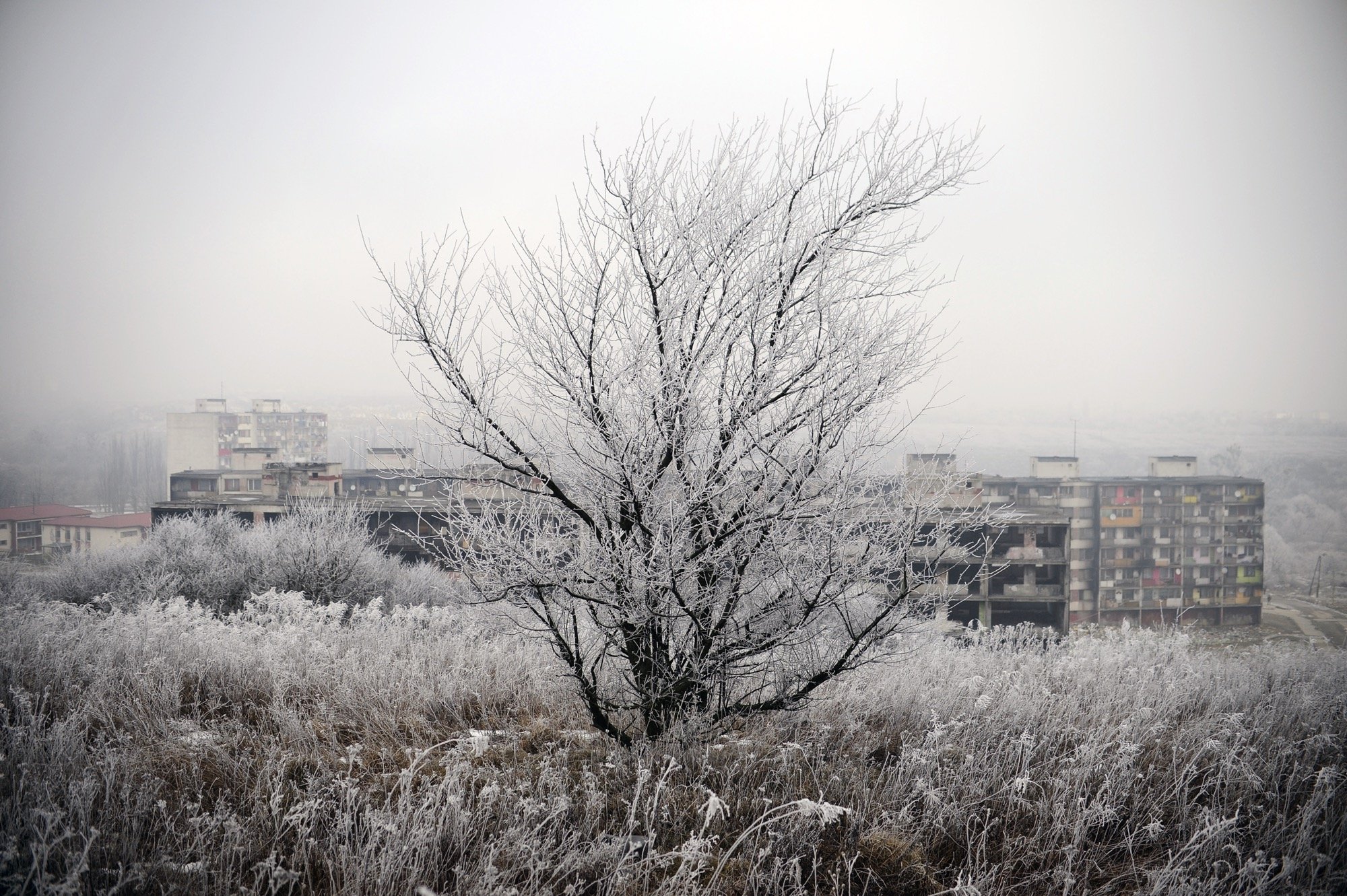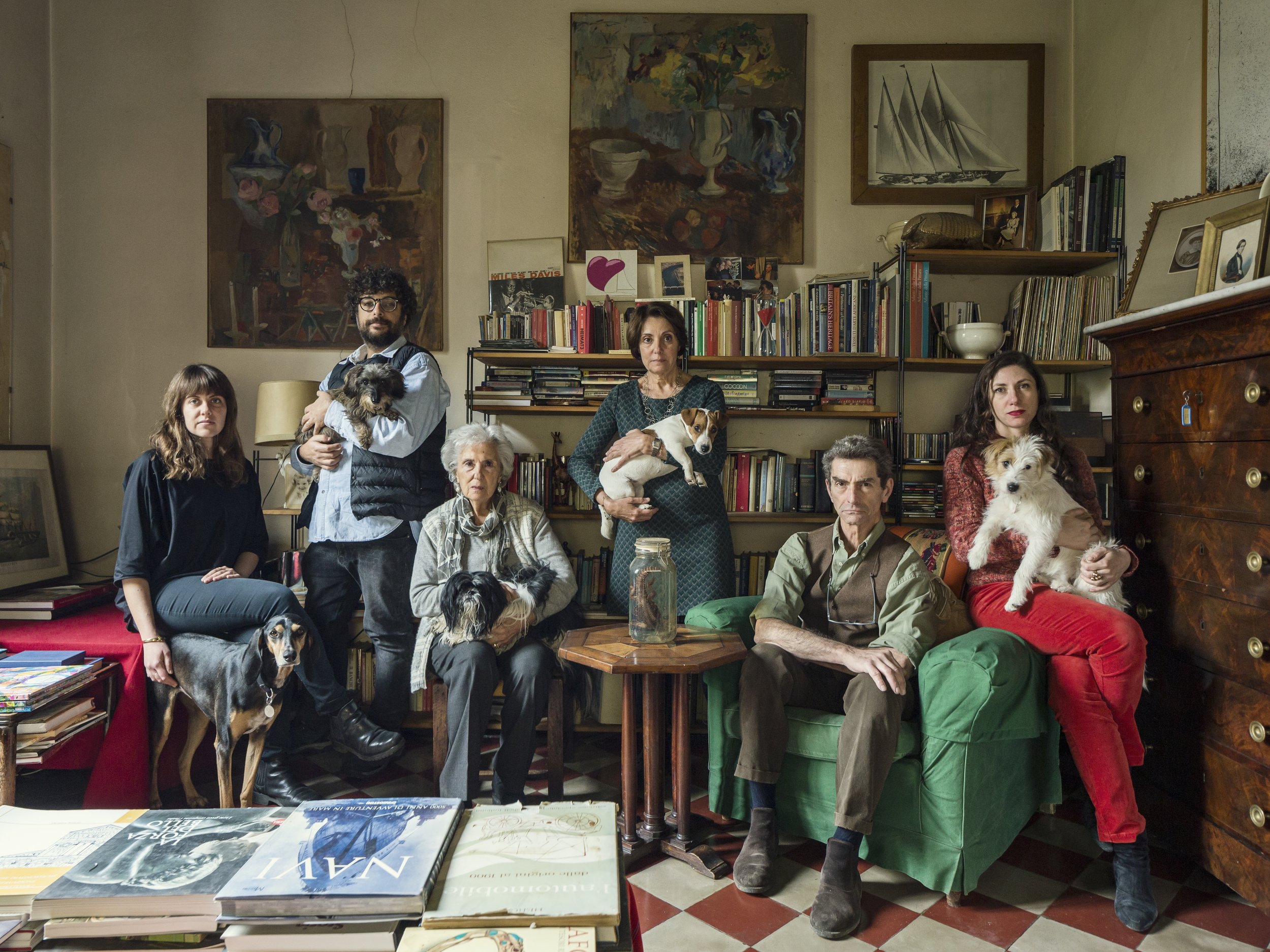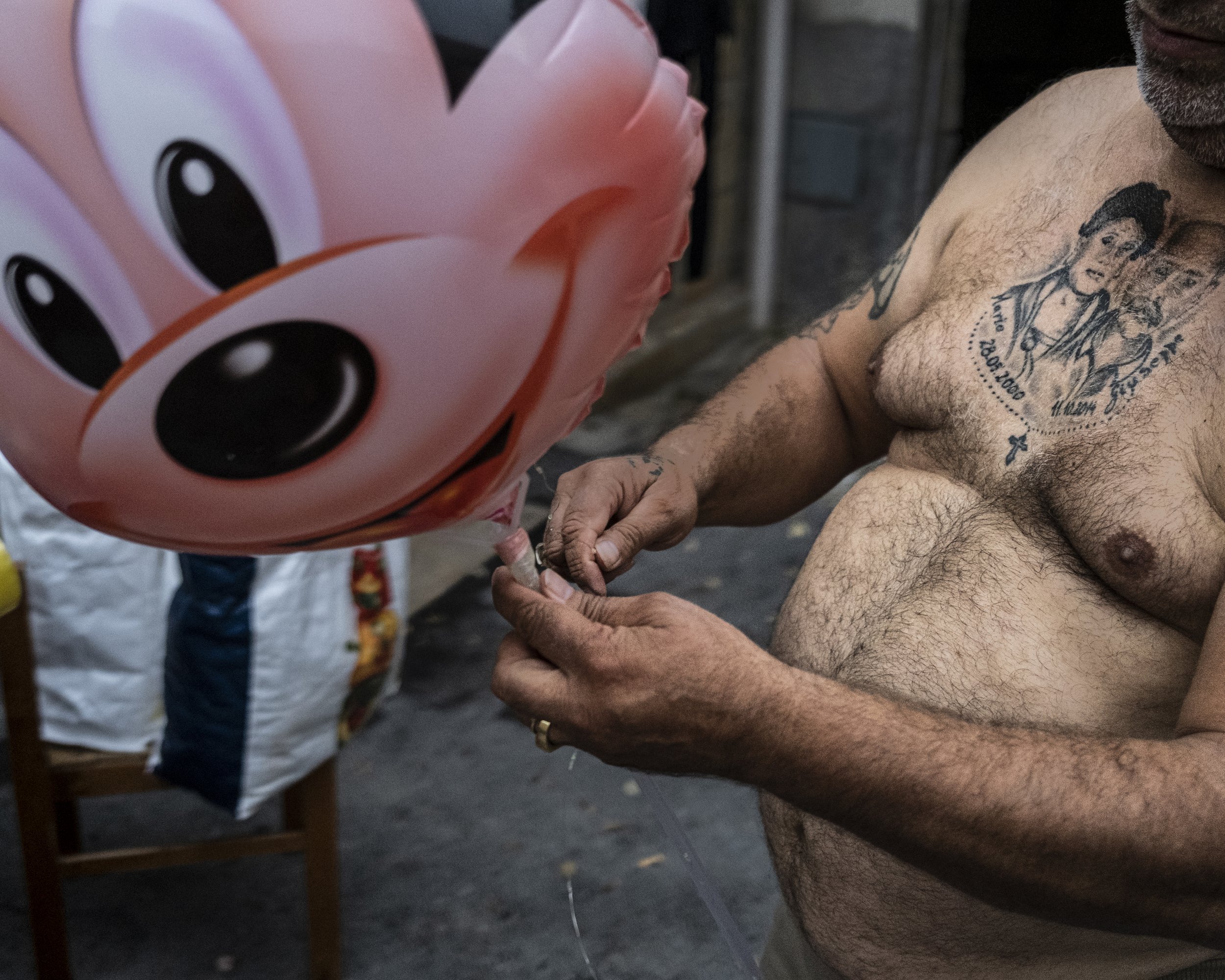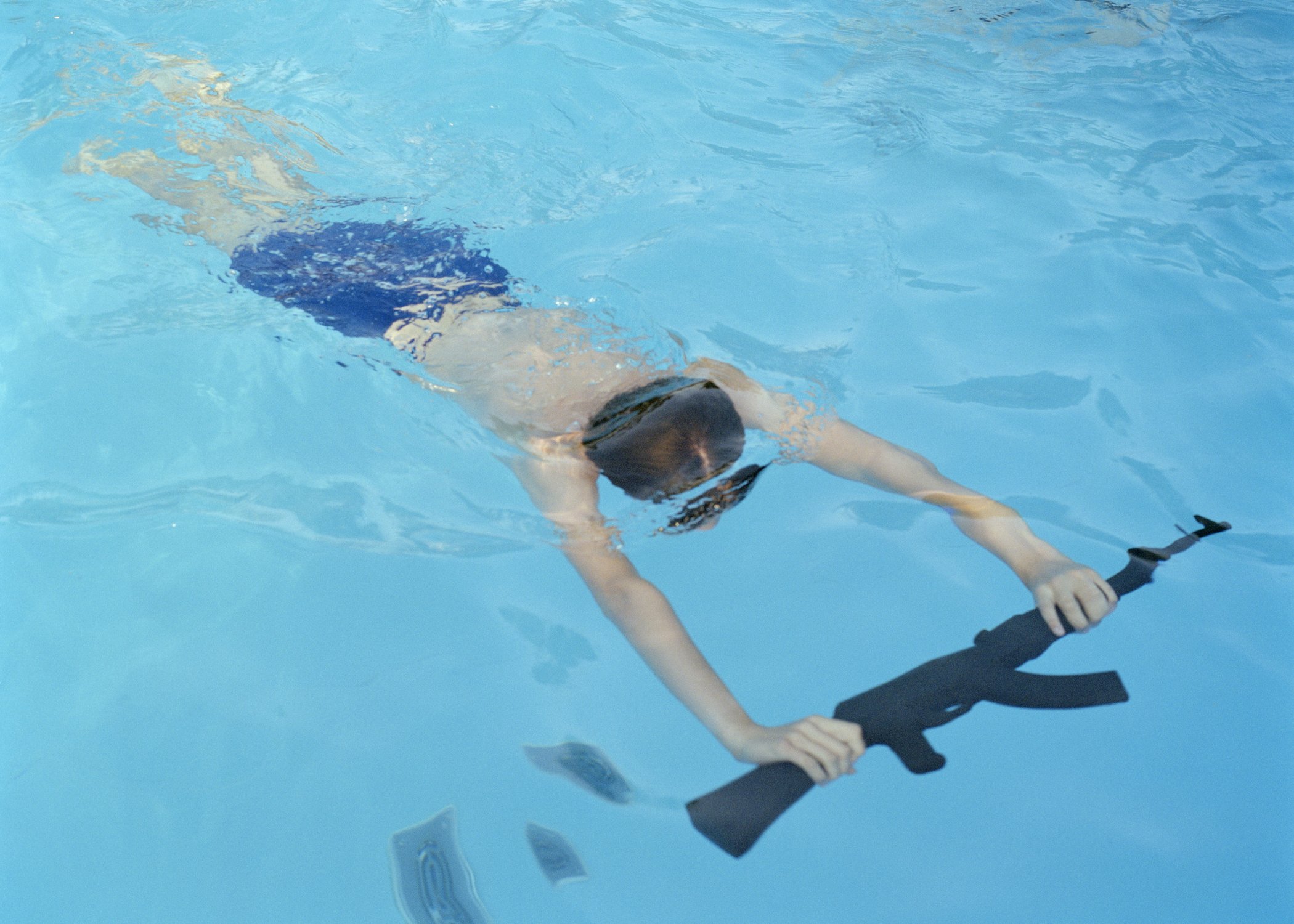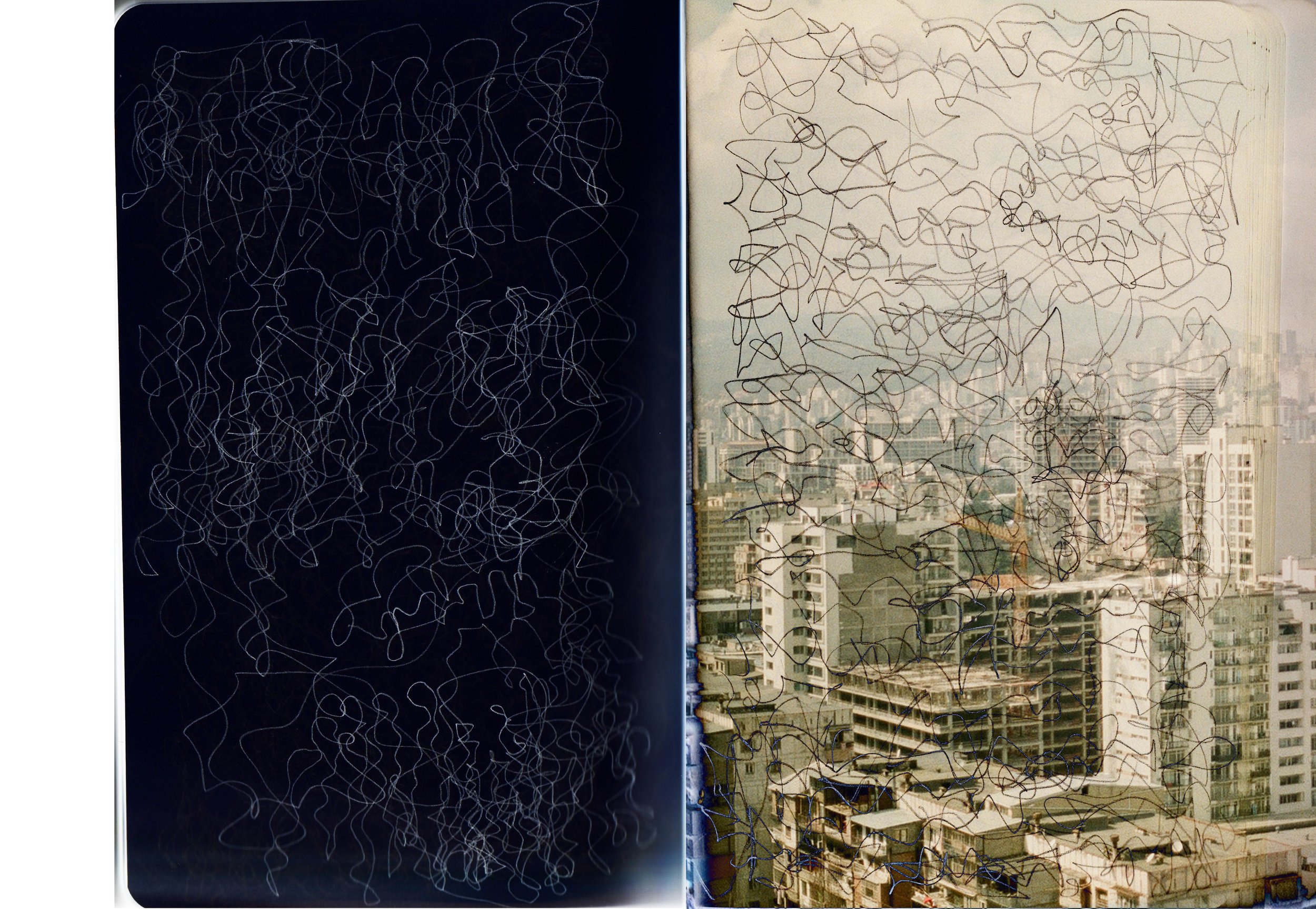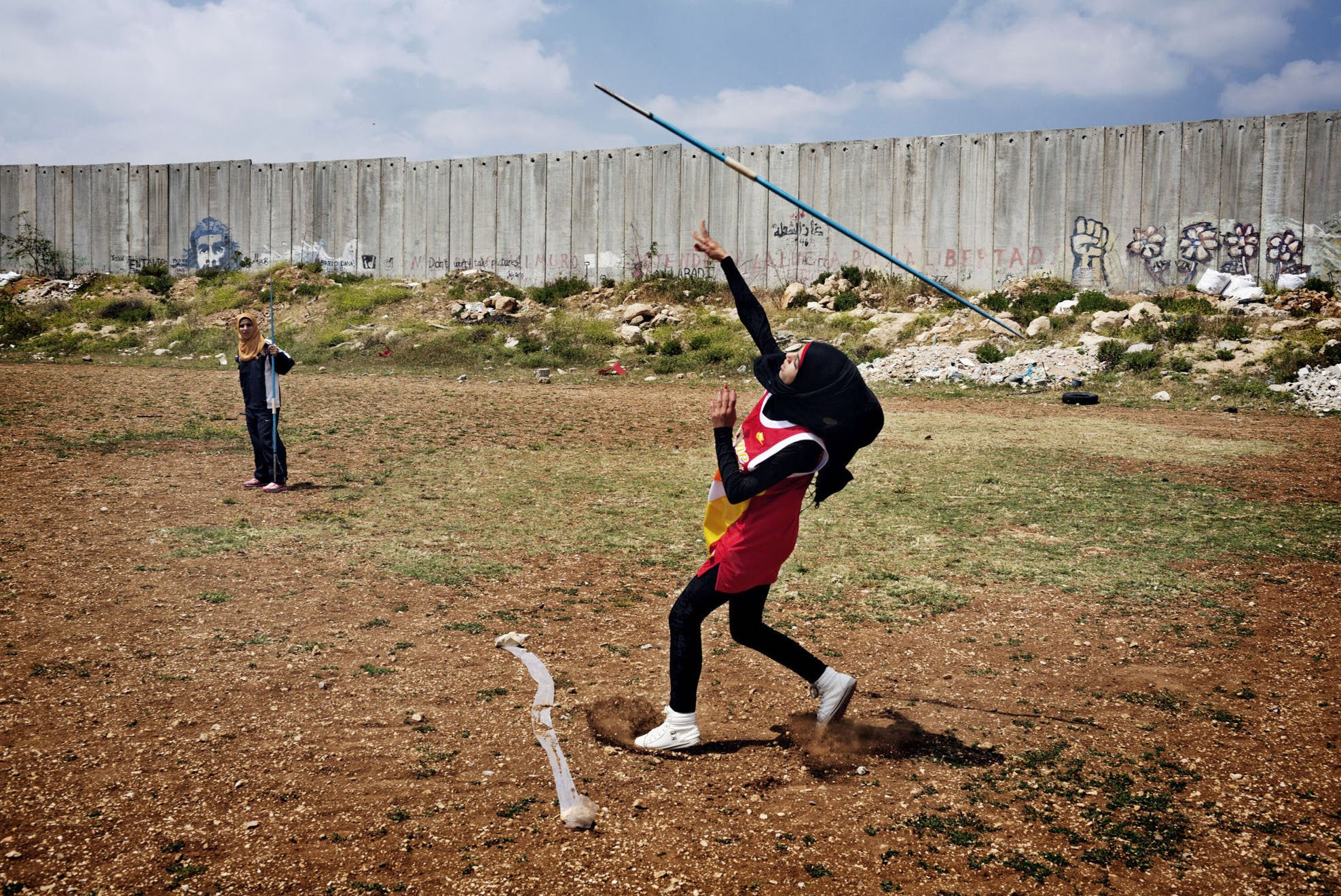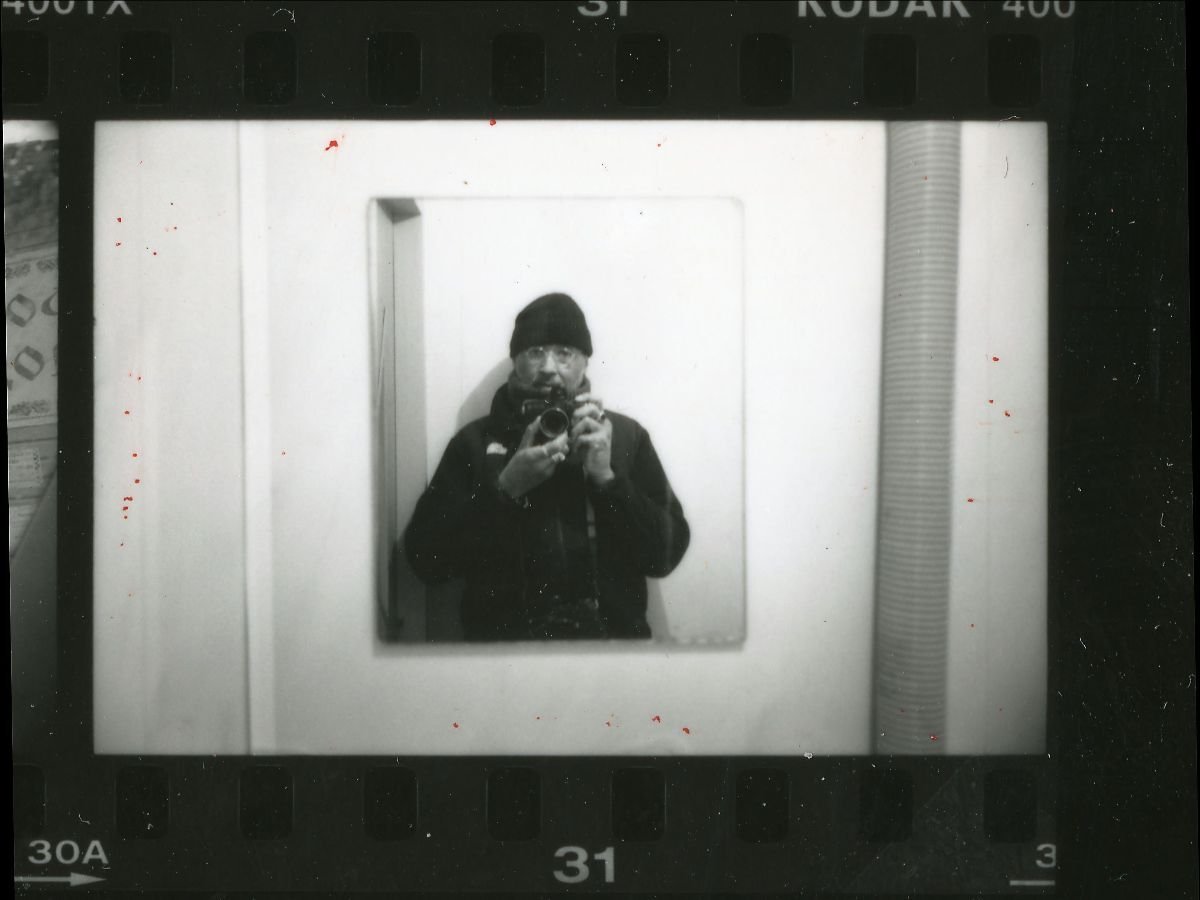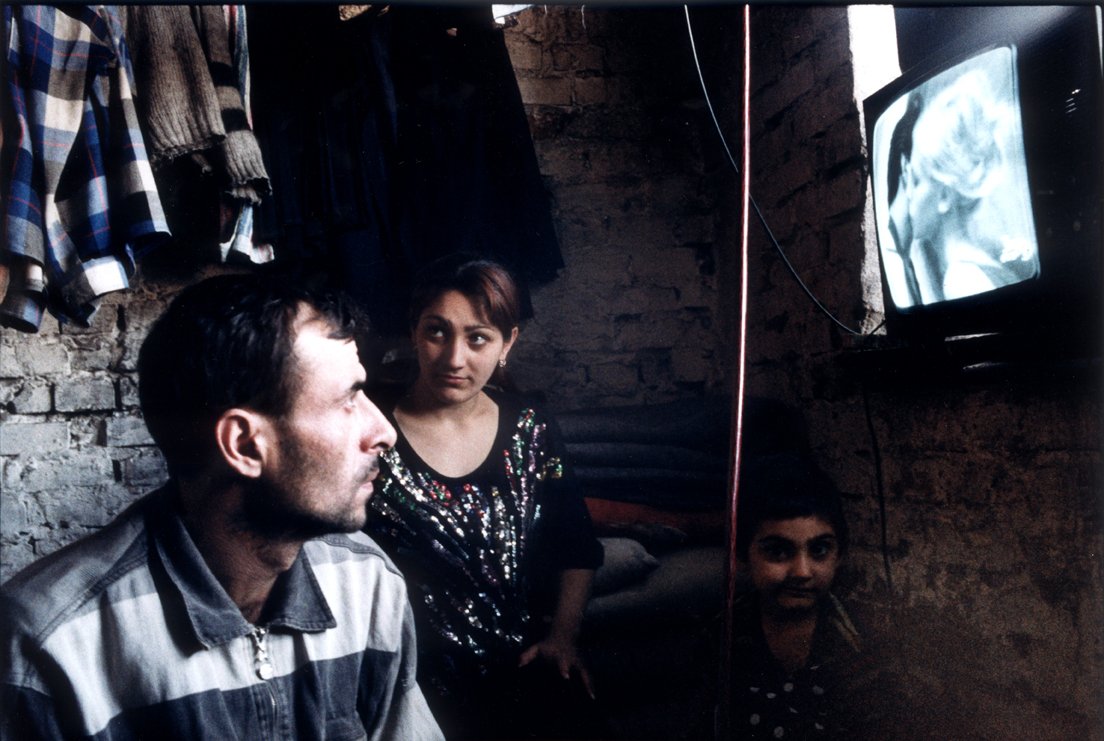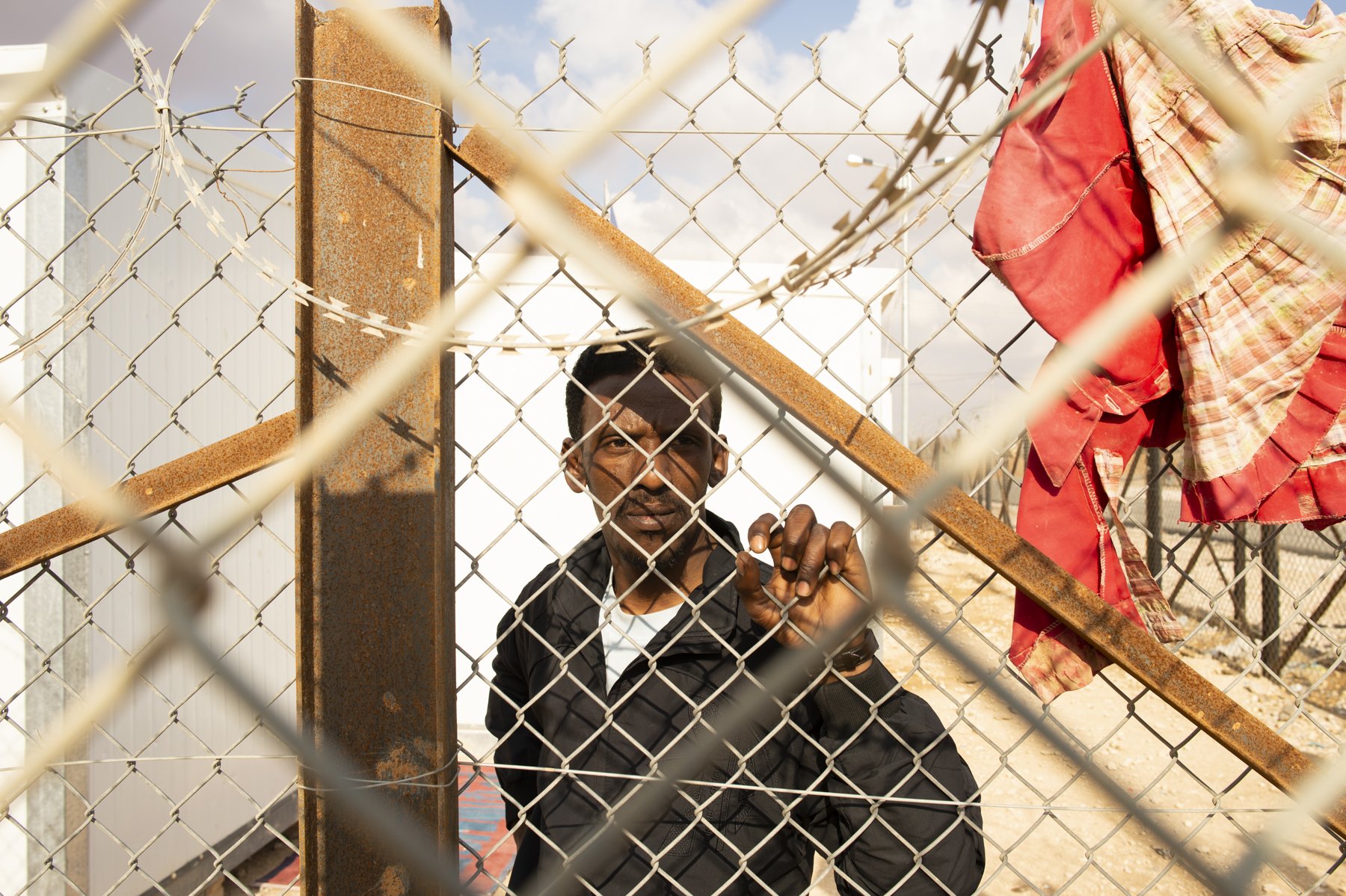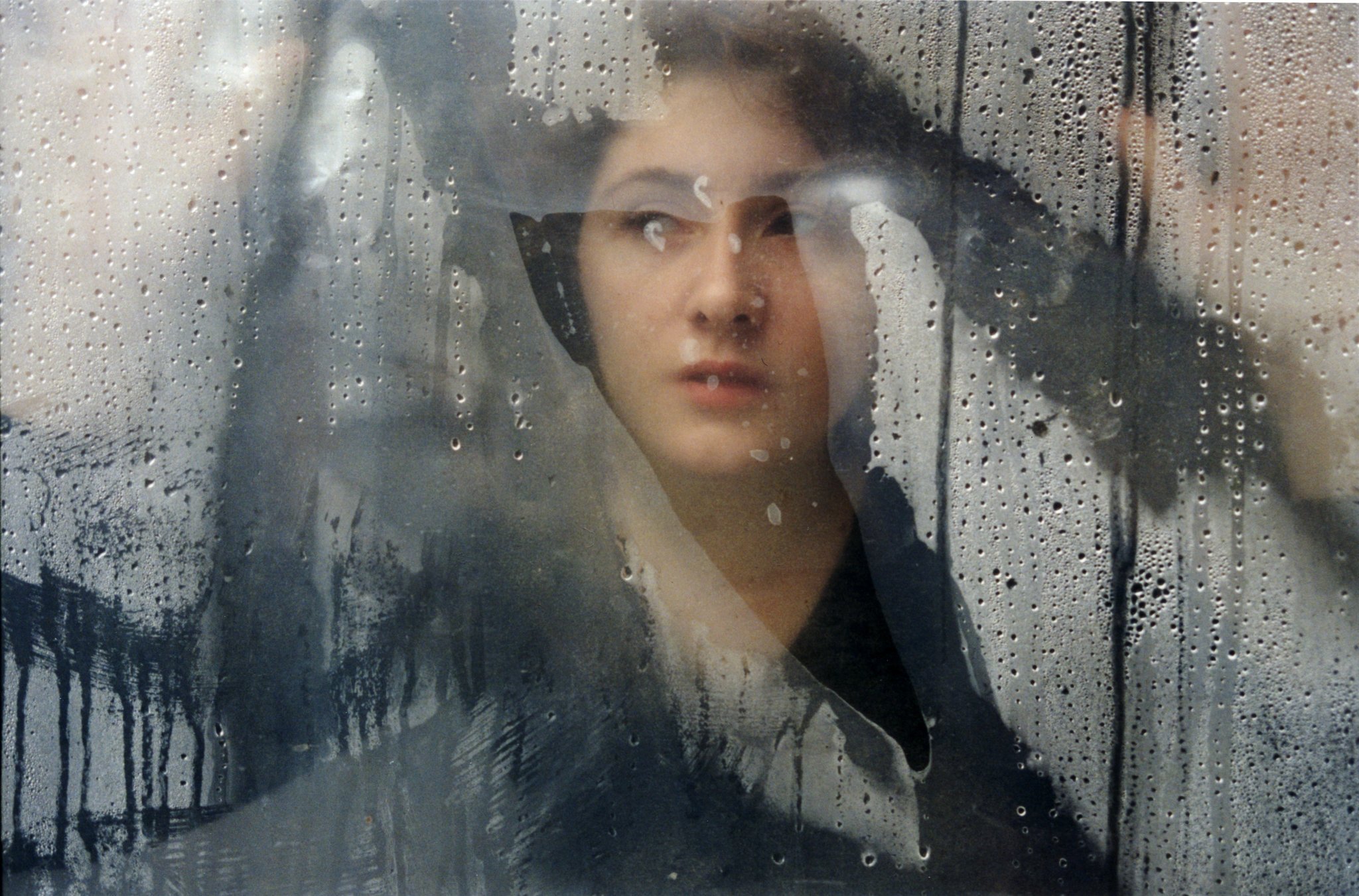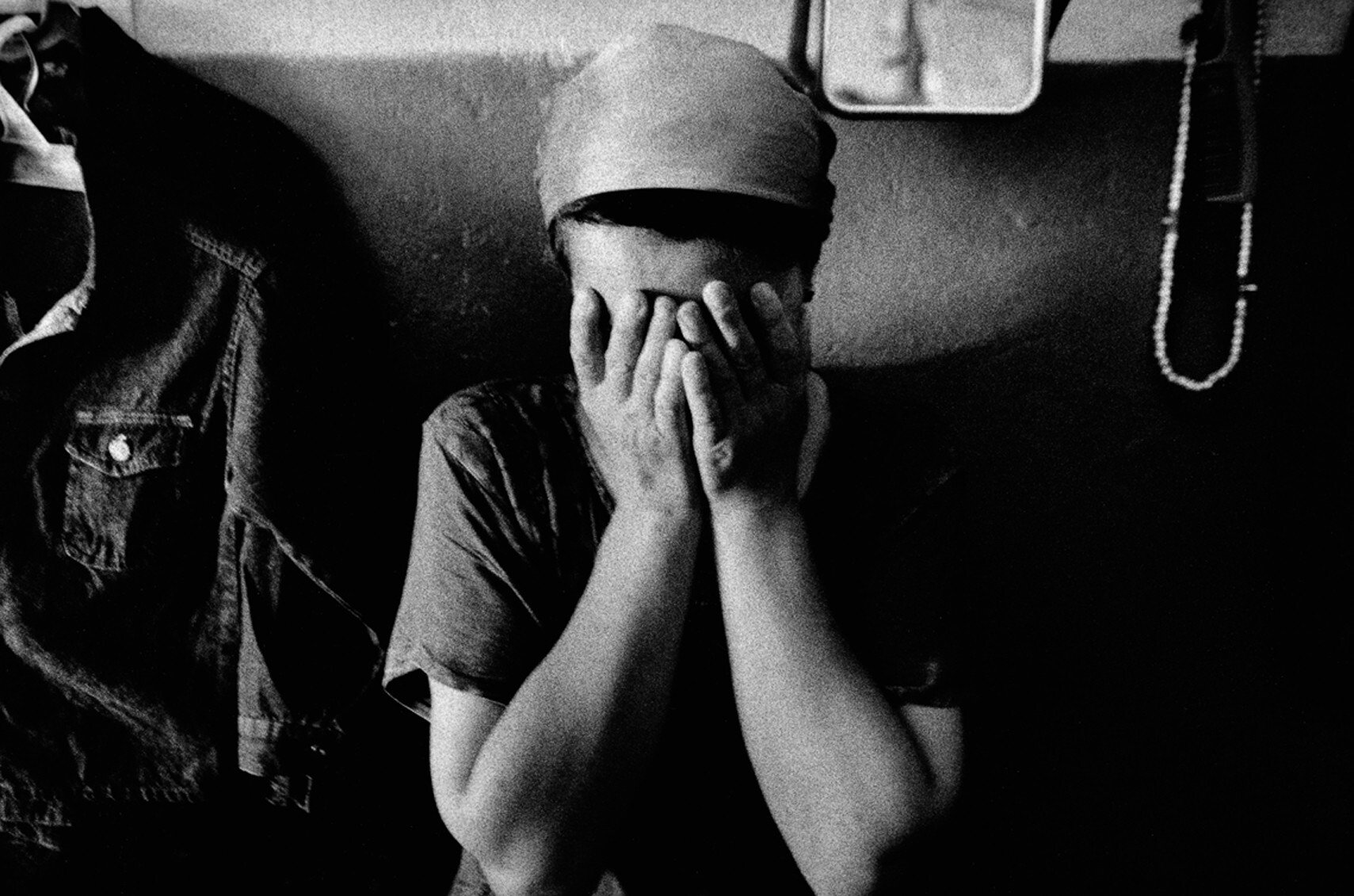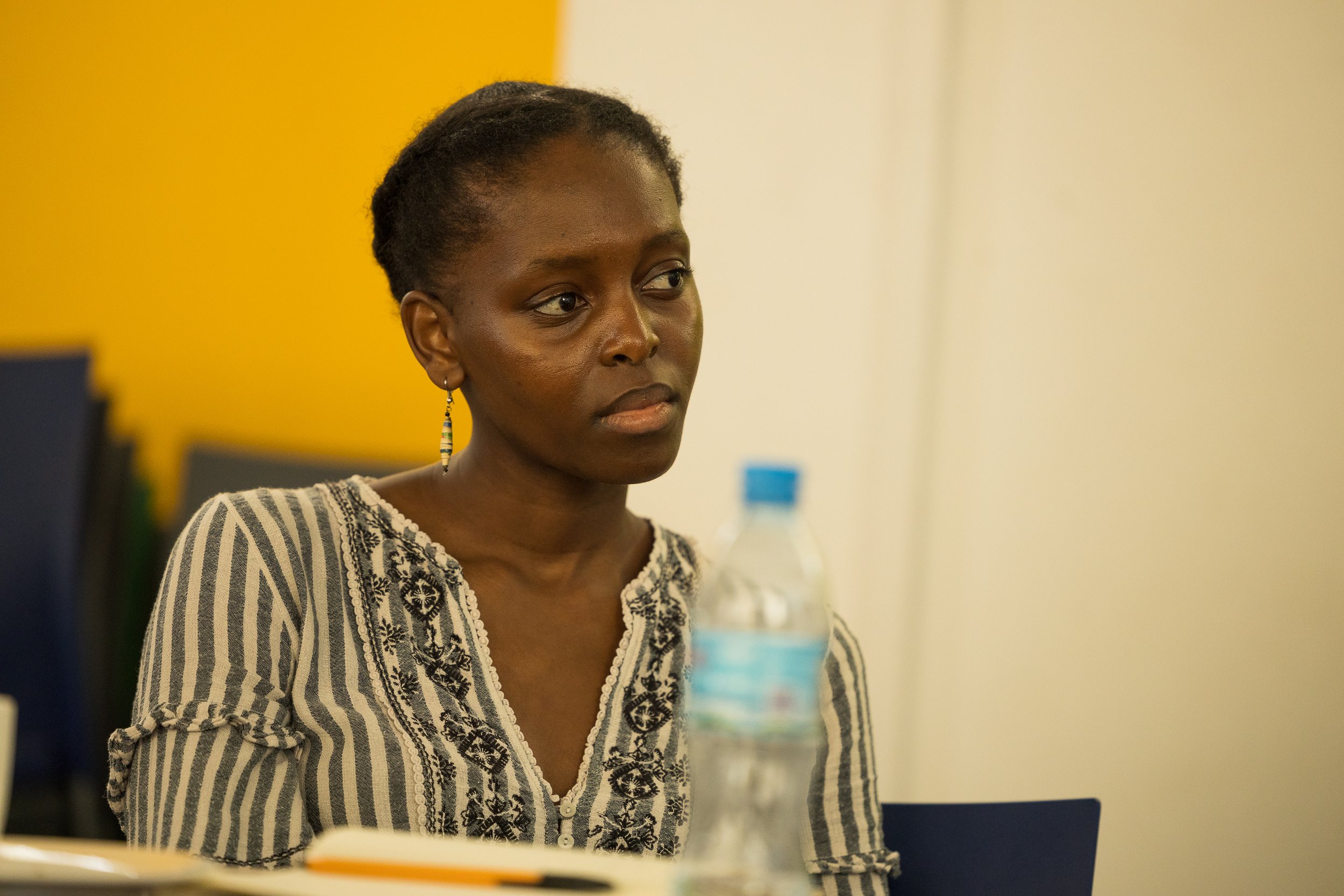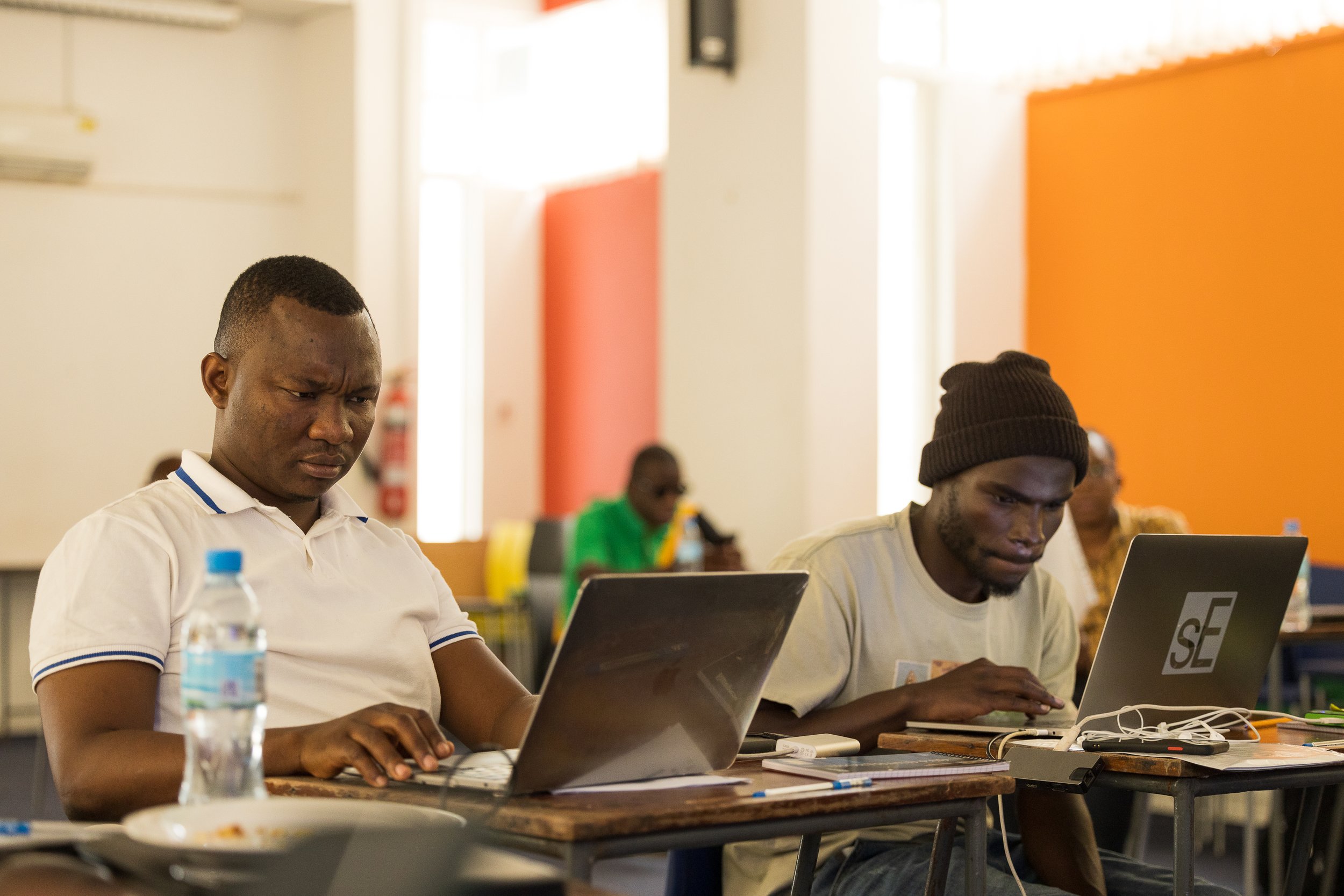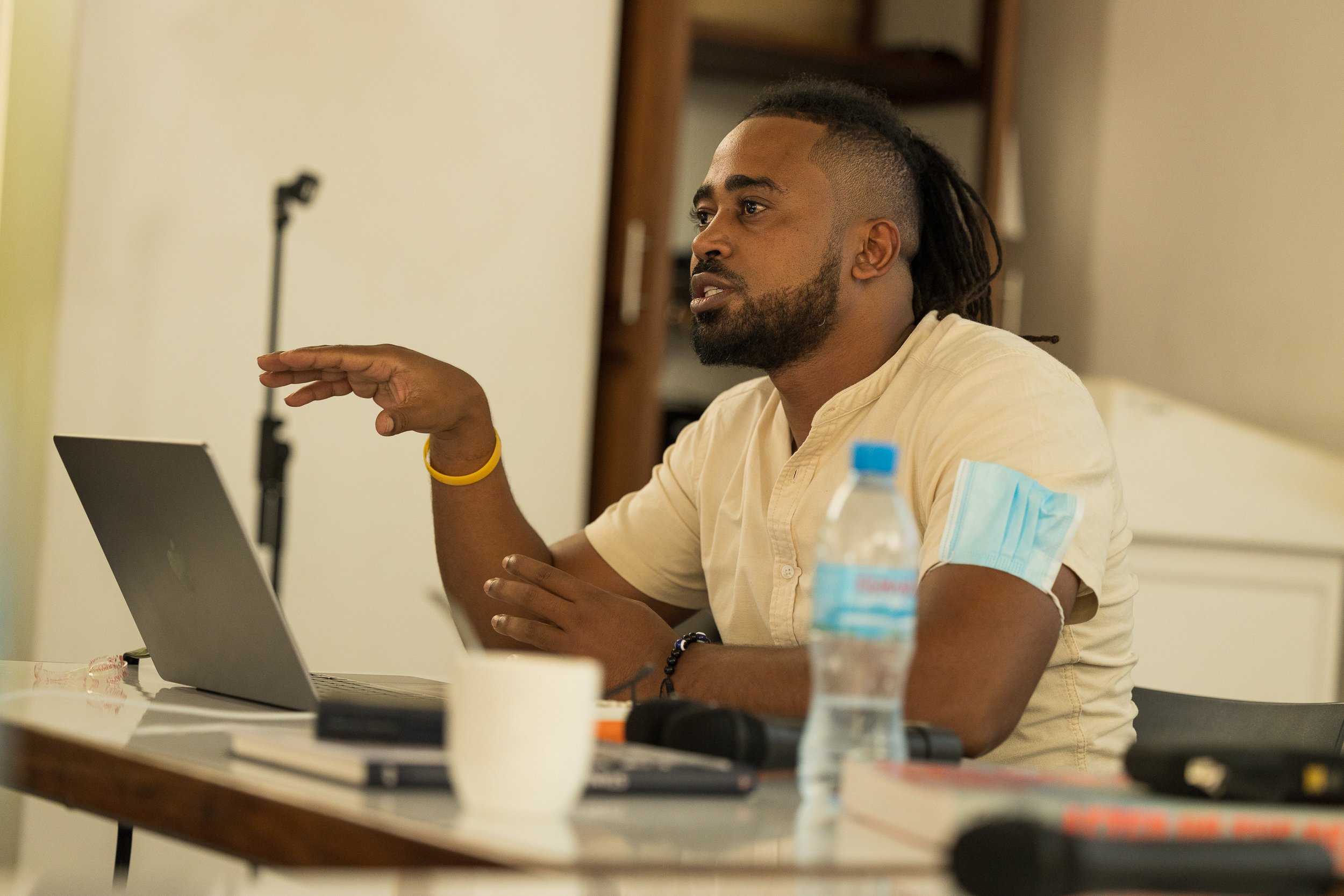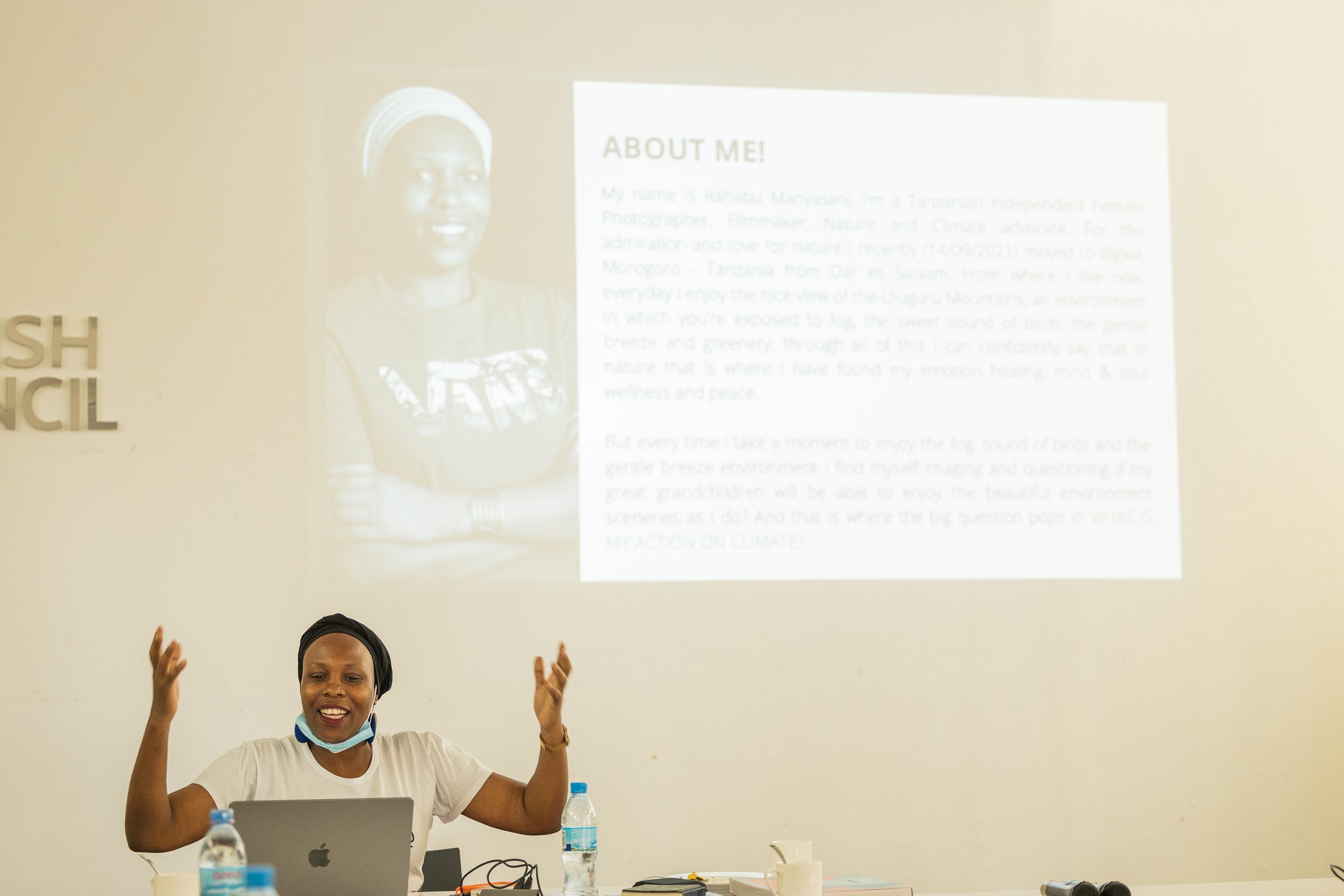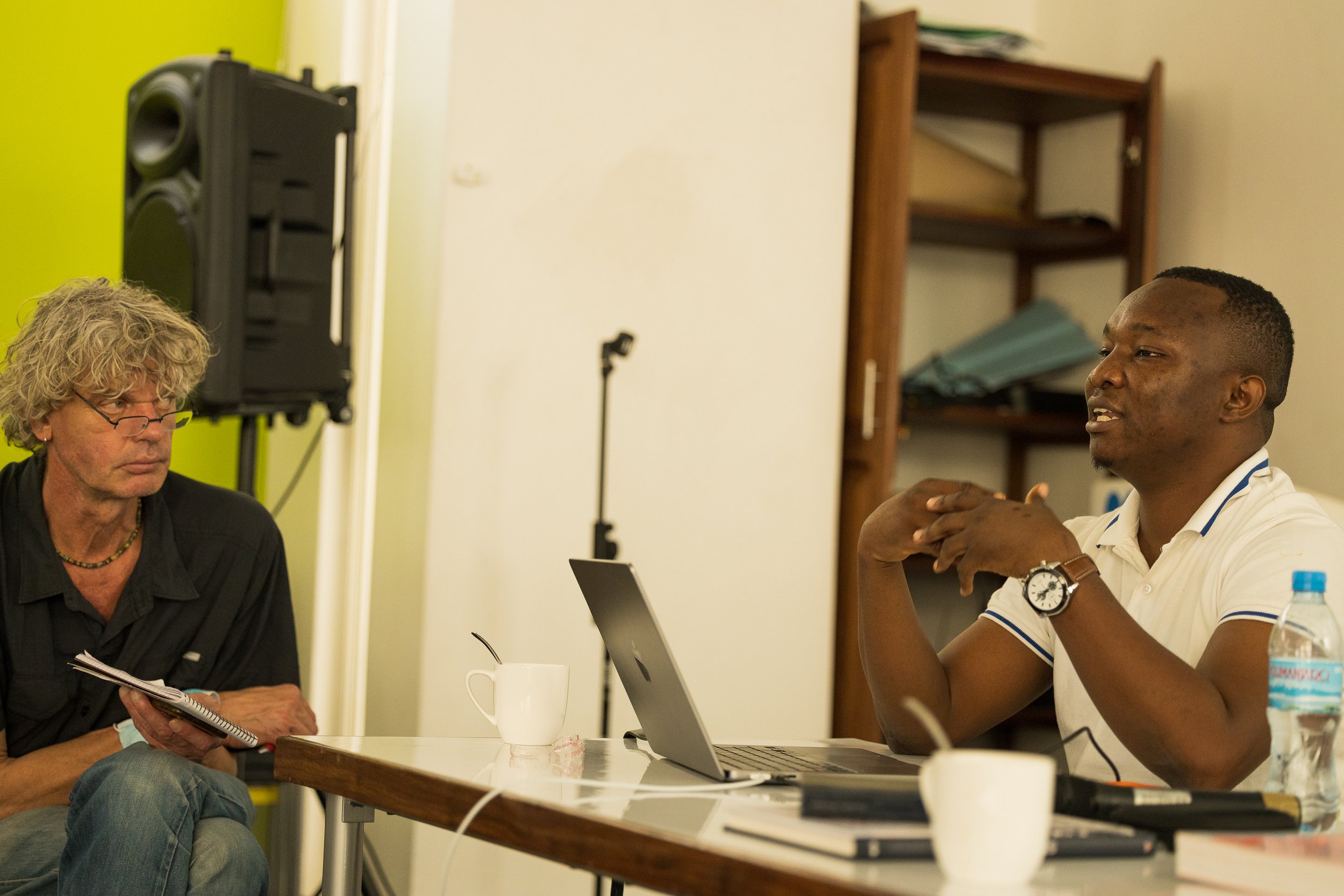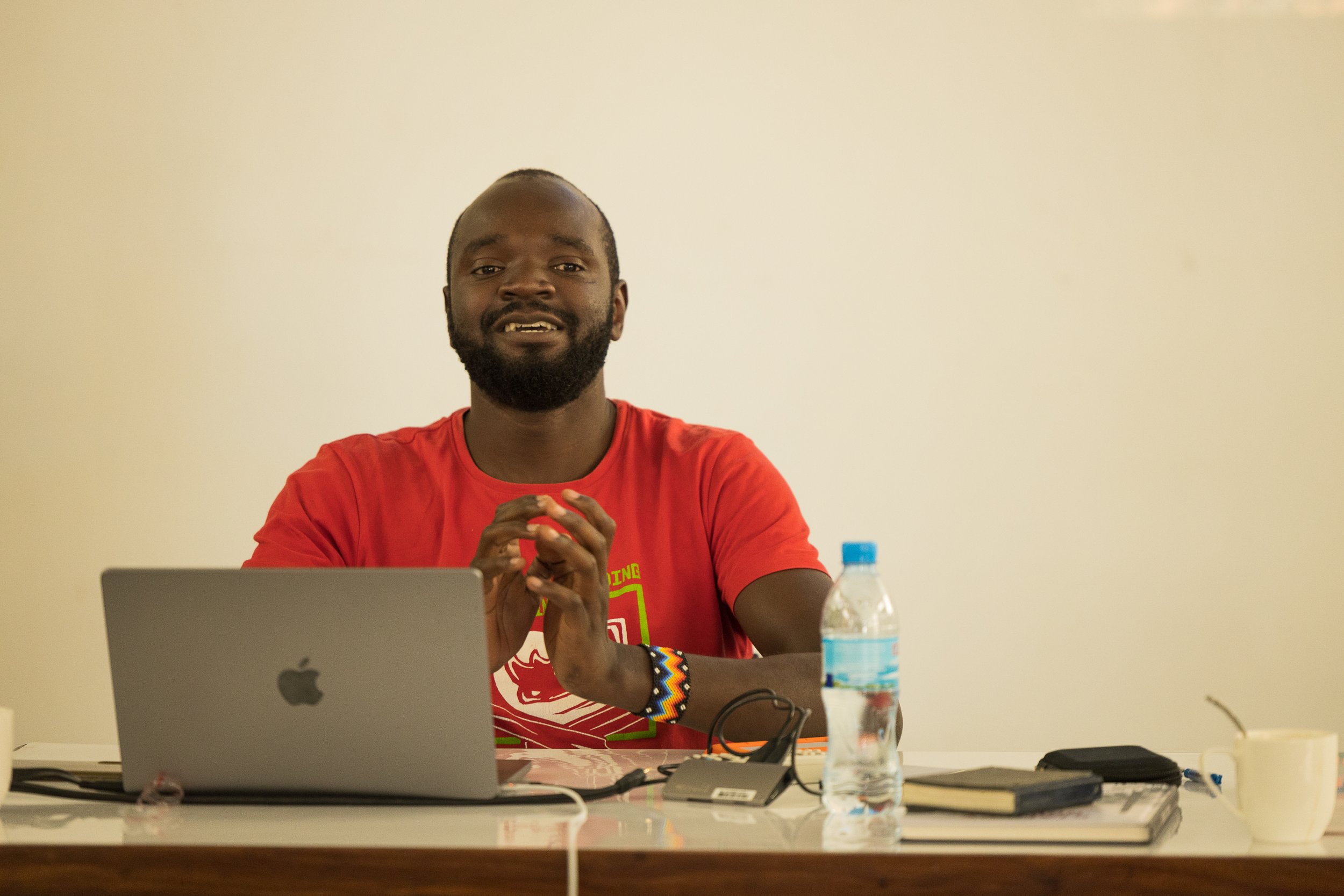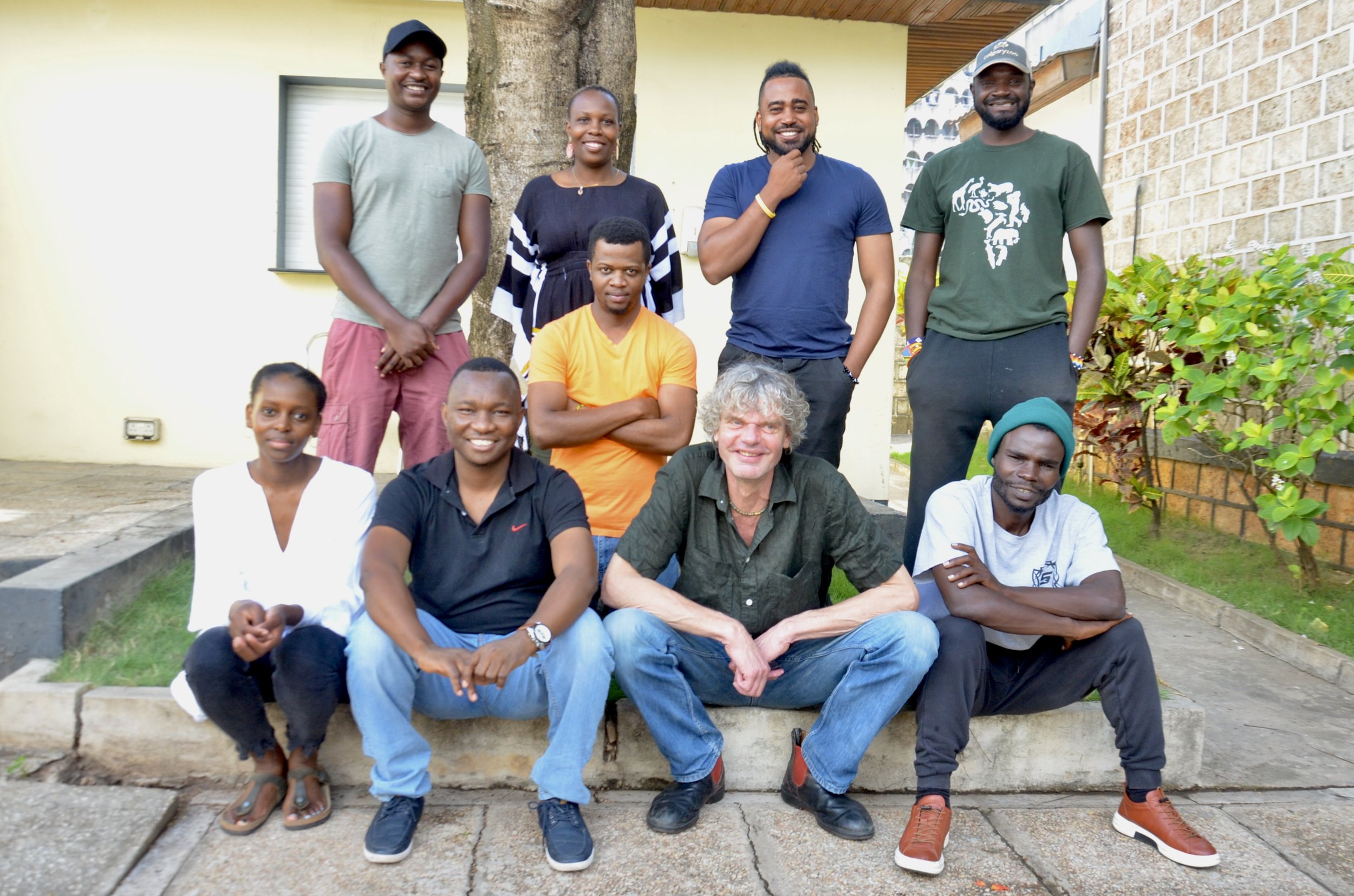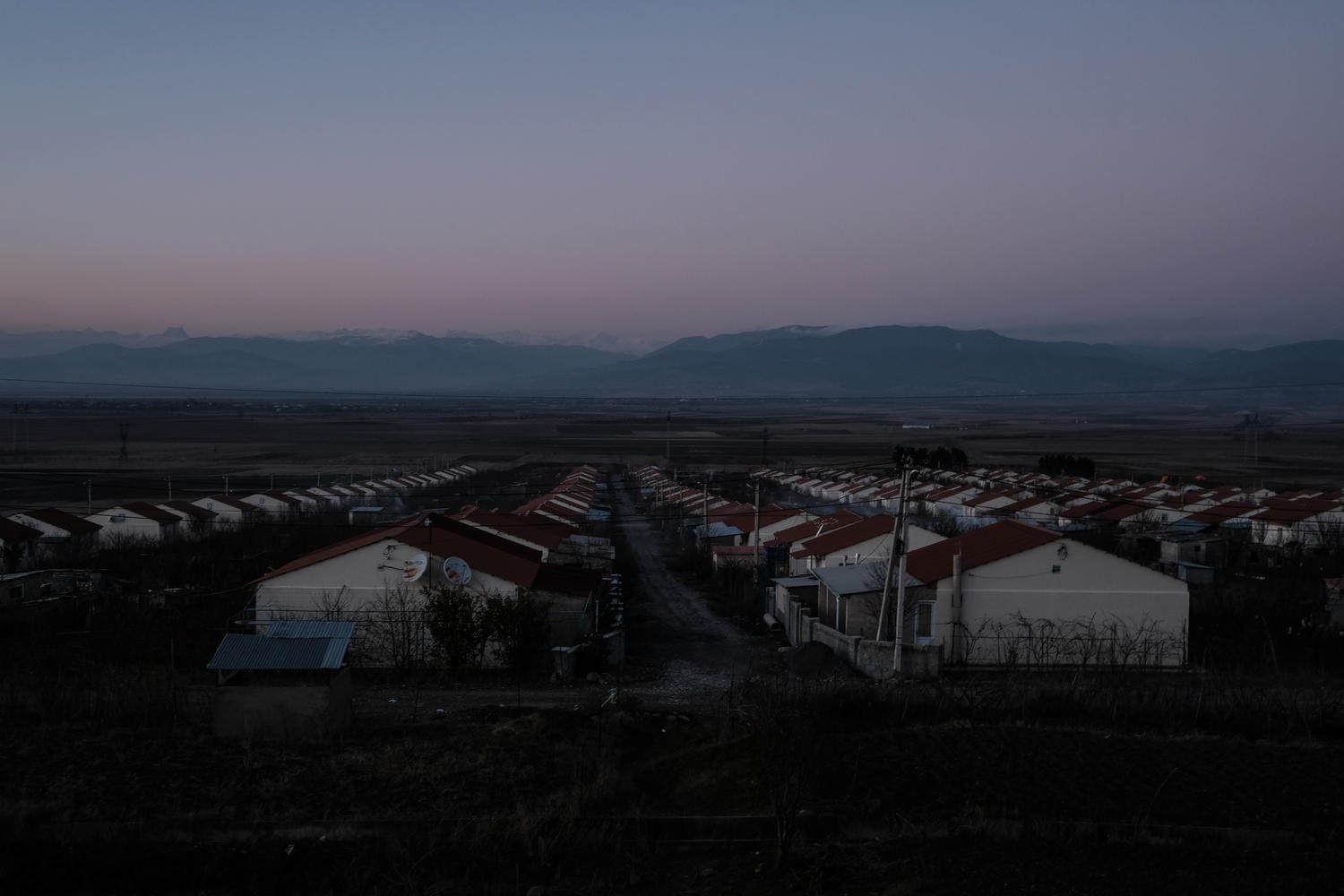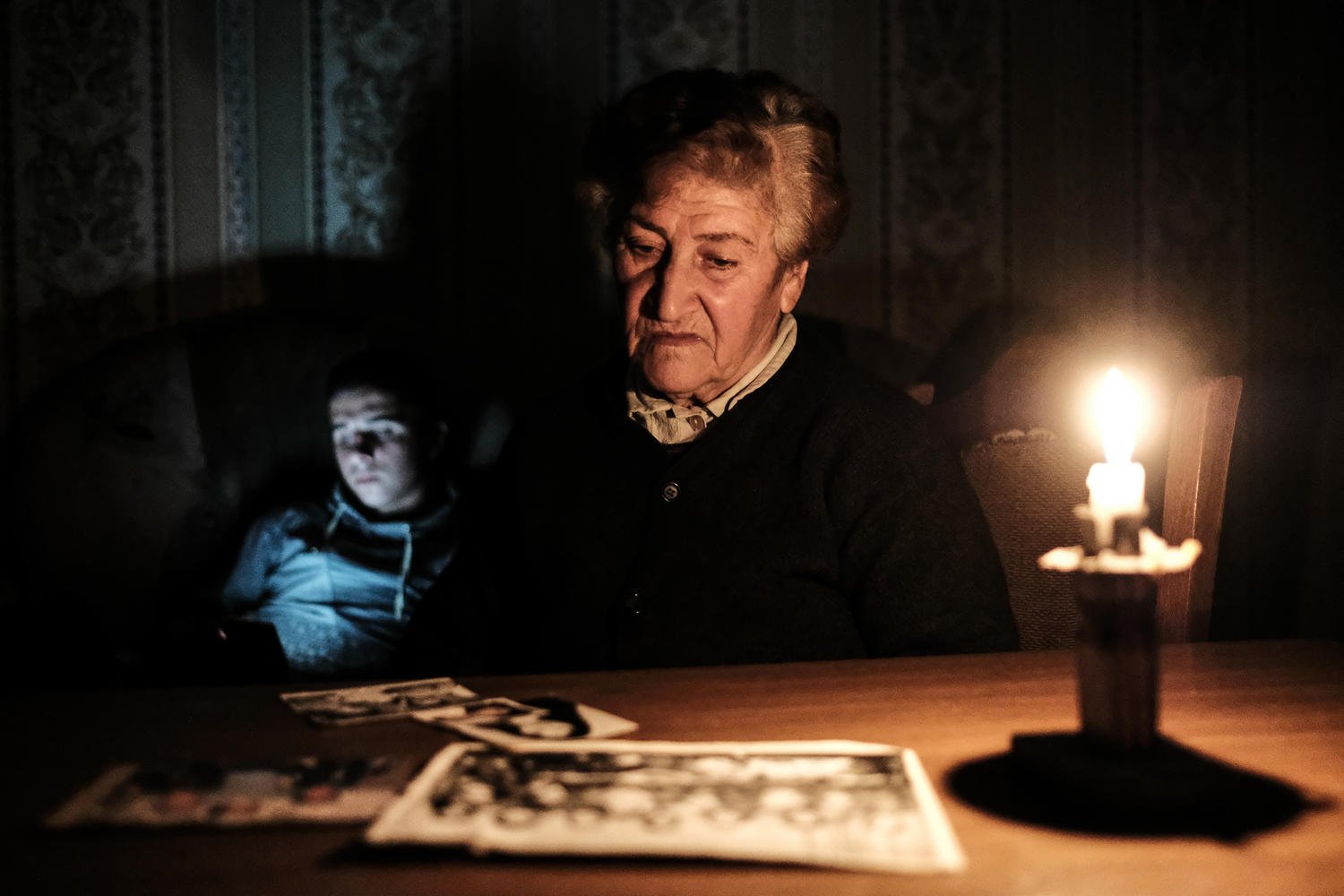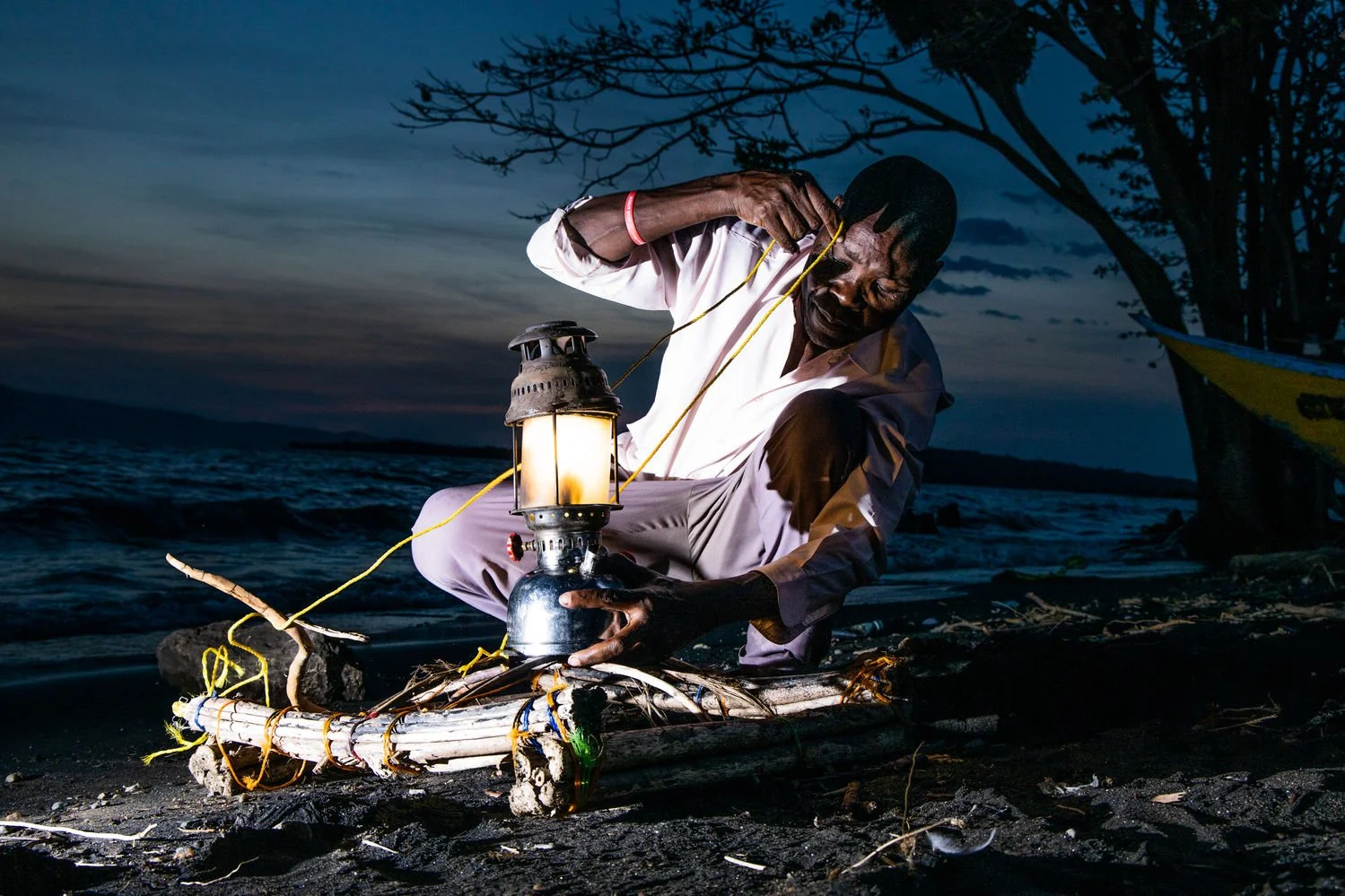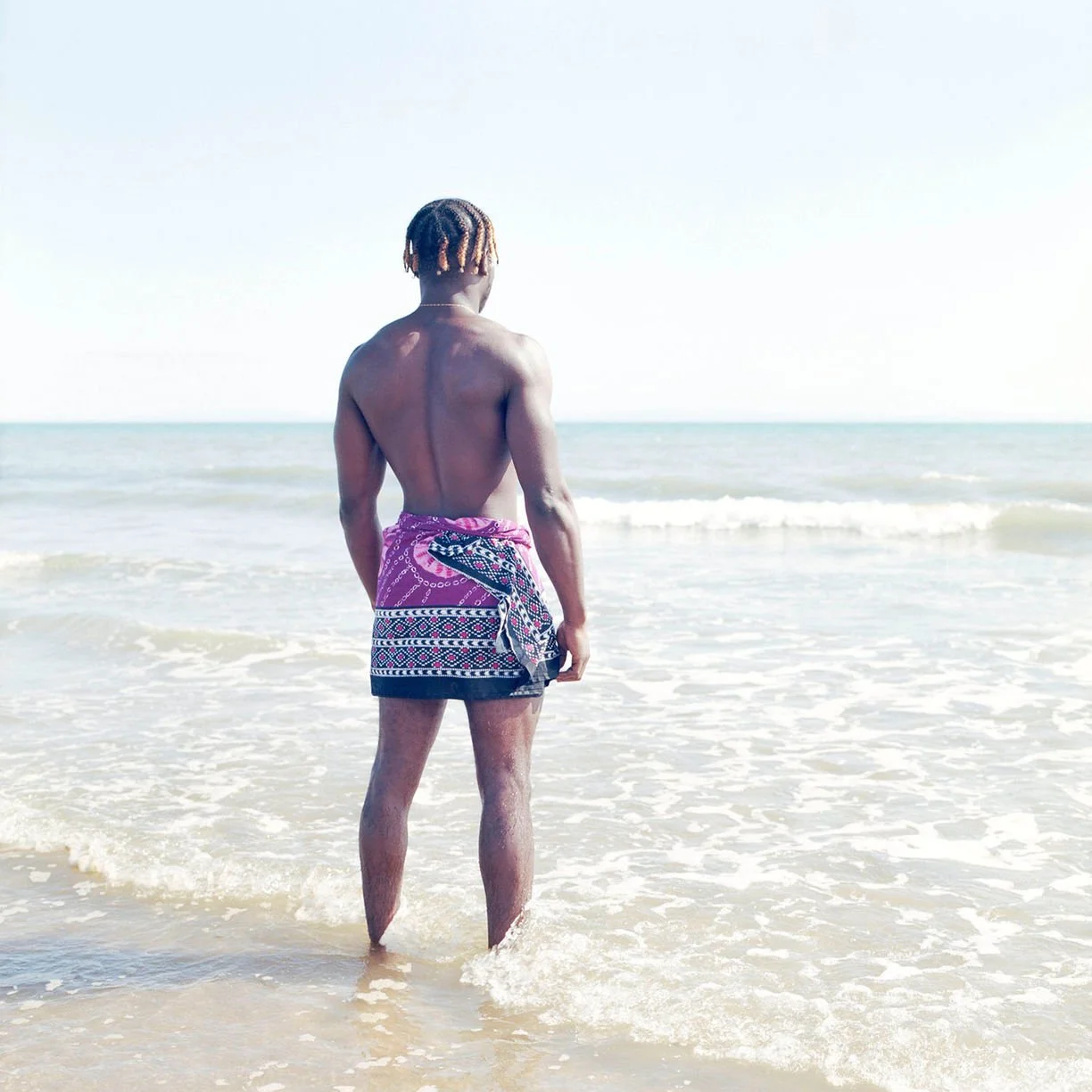From April 13 to June 5, the Bibliothèque nationale de France will host the exhibition "This World That Watches Us: 15 Years of NOOR Agency," which celebrates NOOR authors' contribution to visual storytelling.
In addition to the exhibition, a panel discussion with NOOR authors Olga Kravets, Francesco Zizola, Sanne De Wilde and Bénédicte Kurzen was held on April 19 at the François-Mitterrand - Petit auditorium.
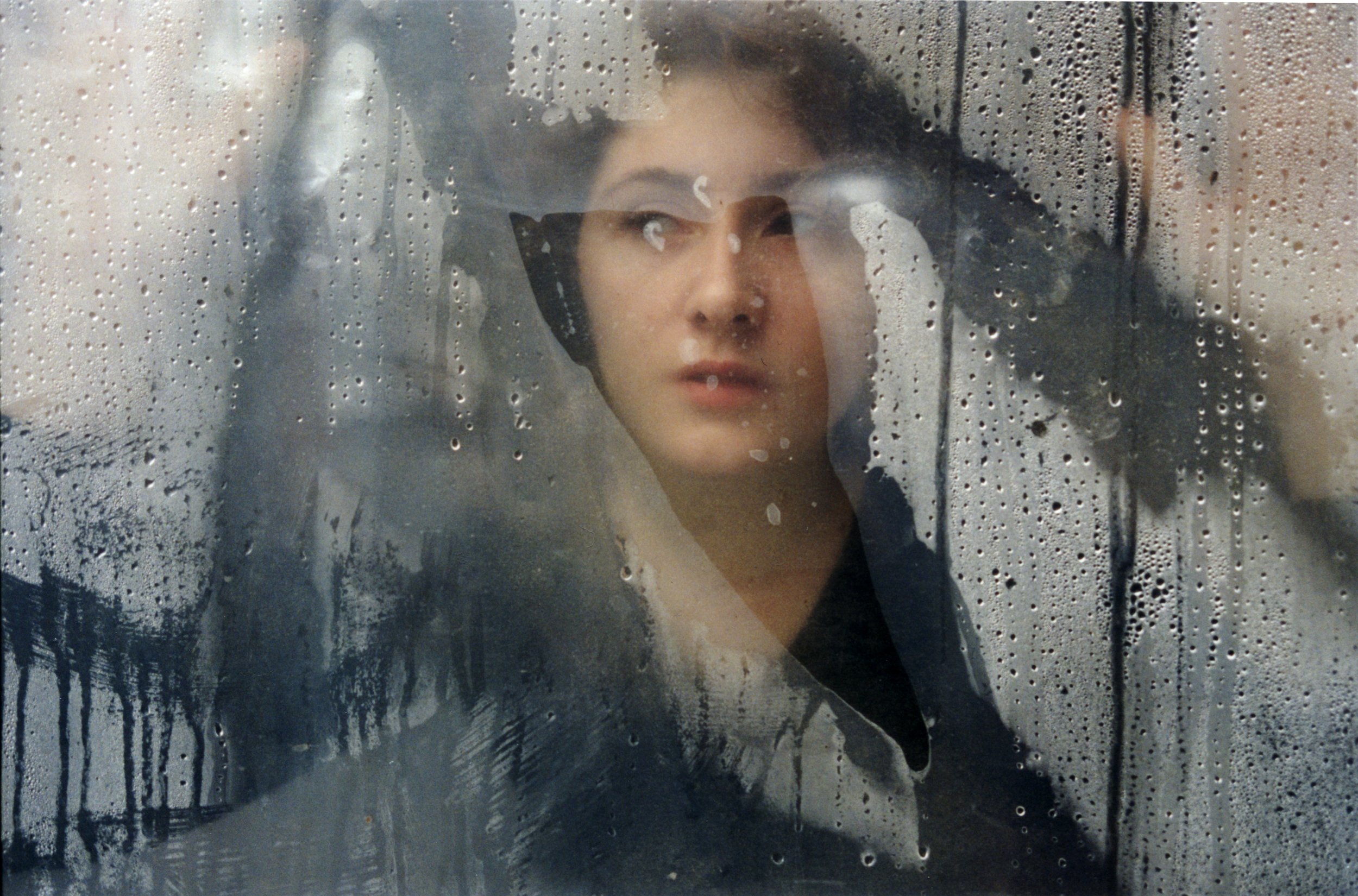
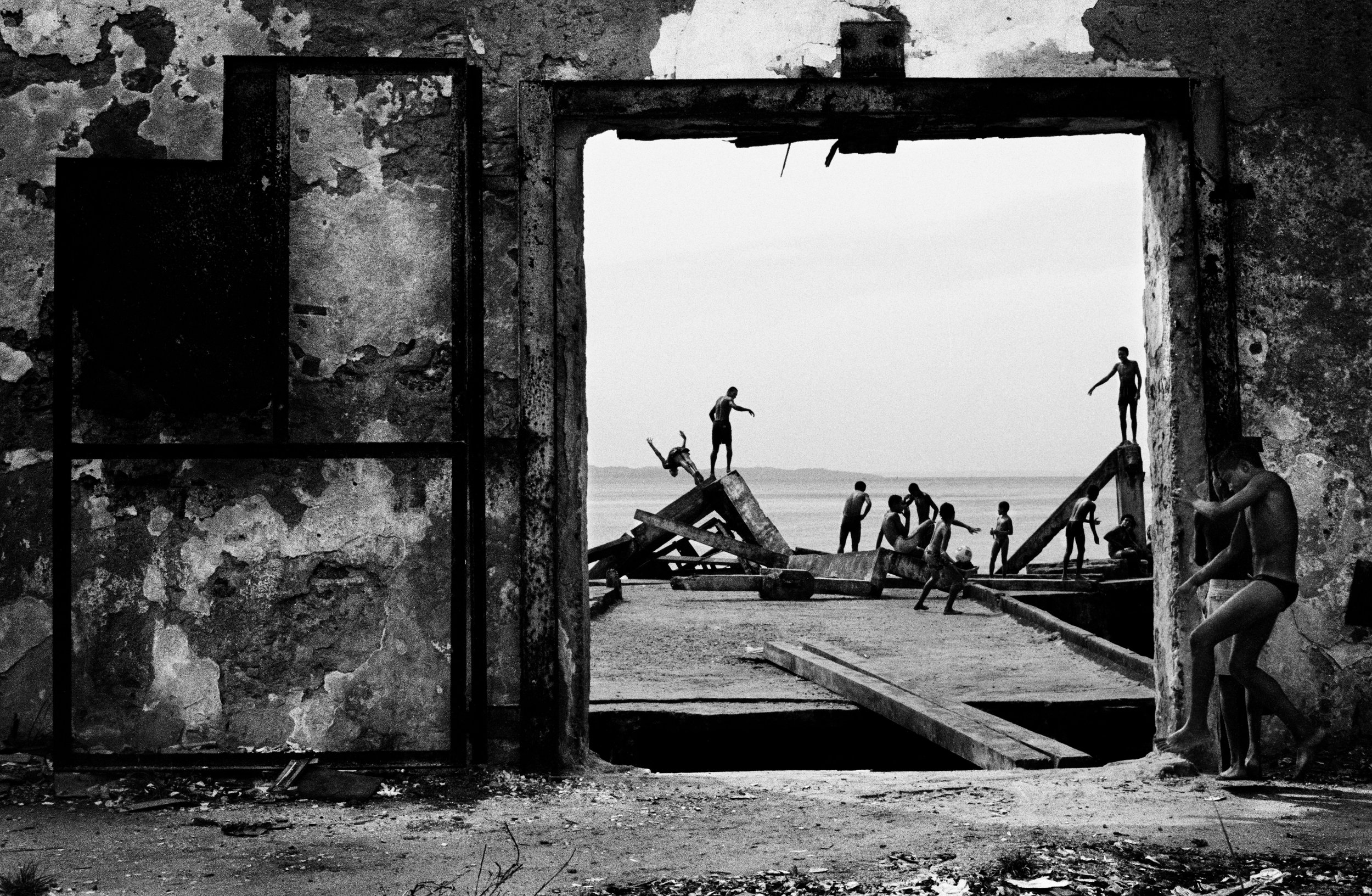
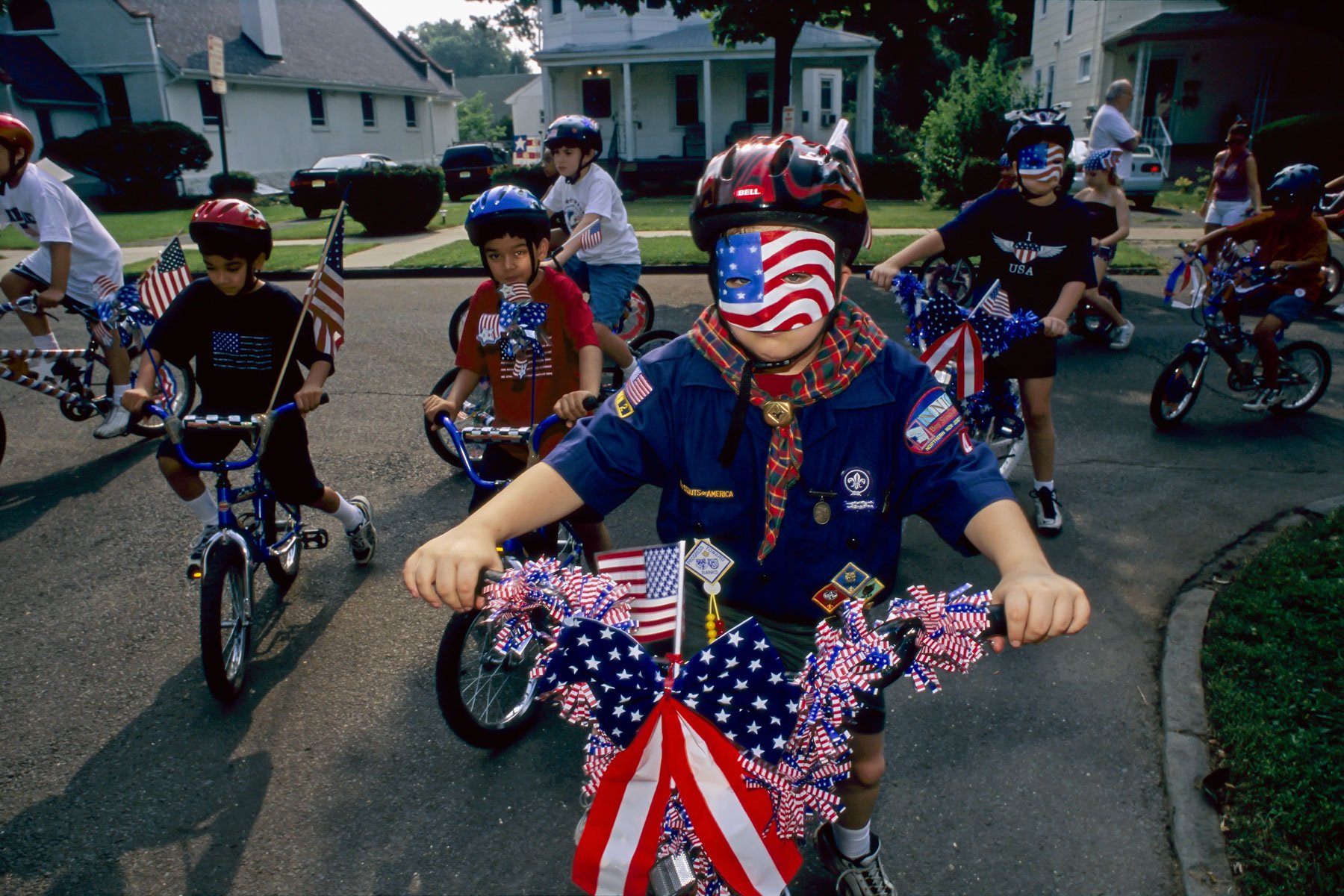

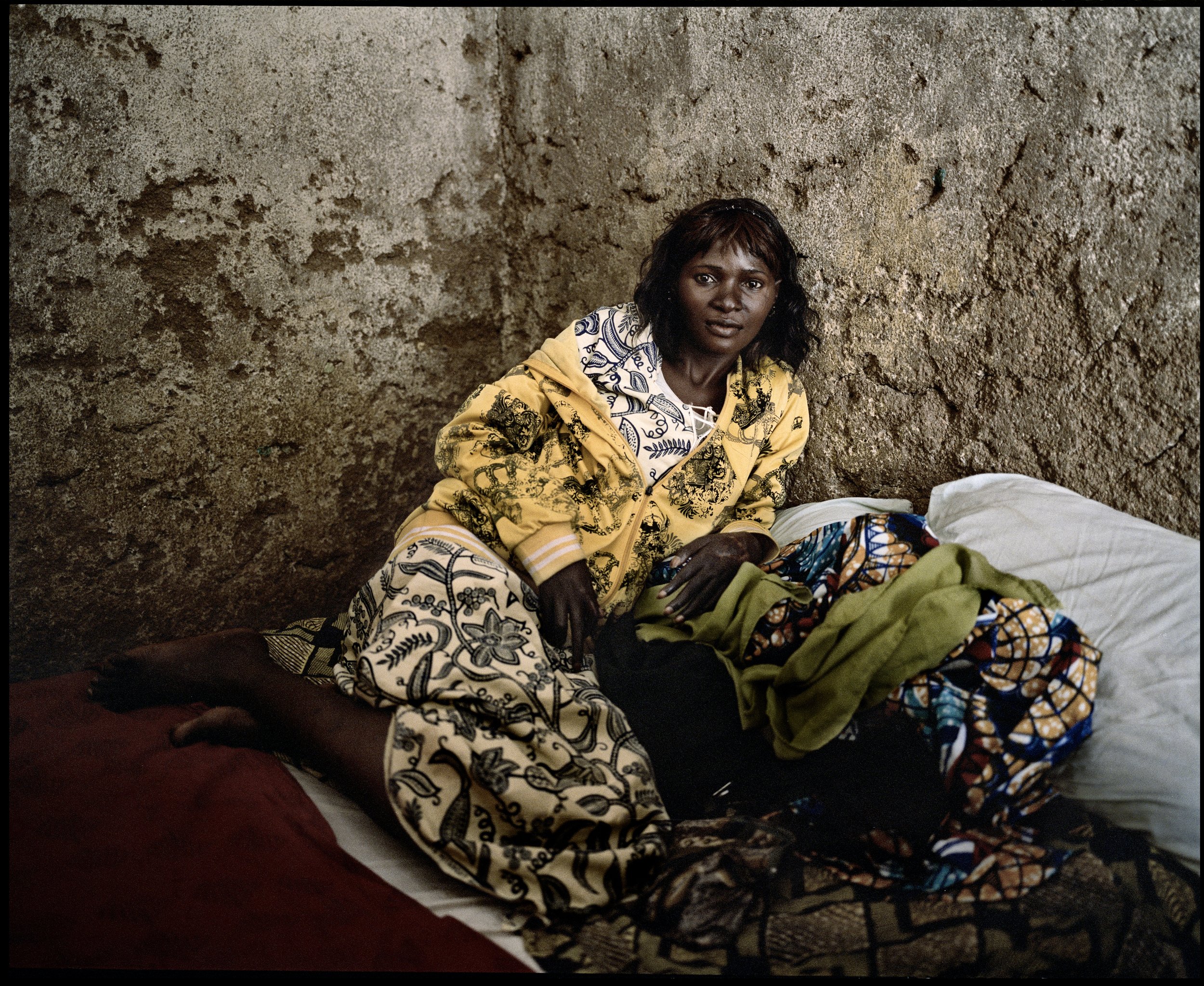
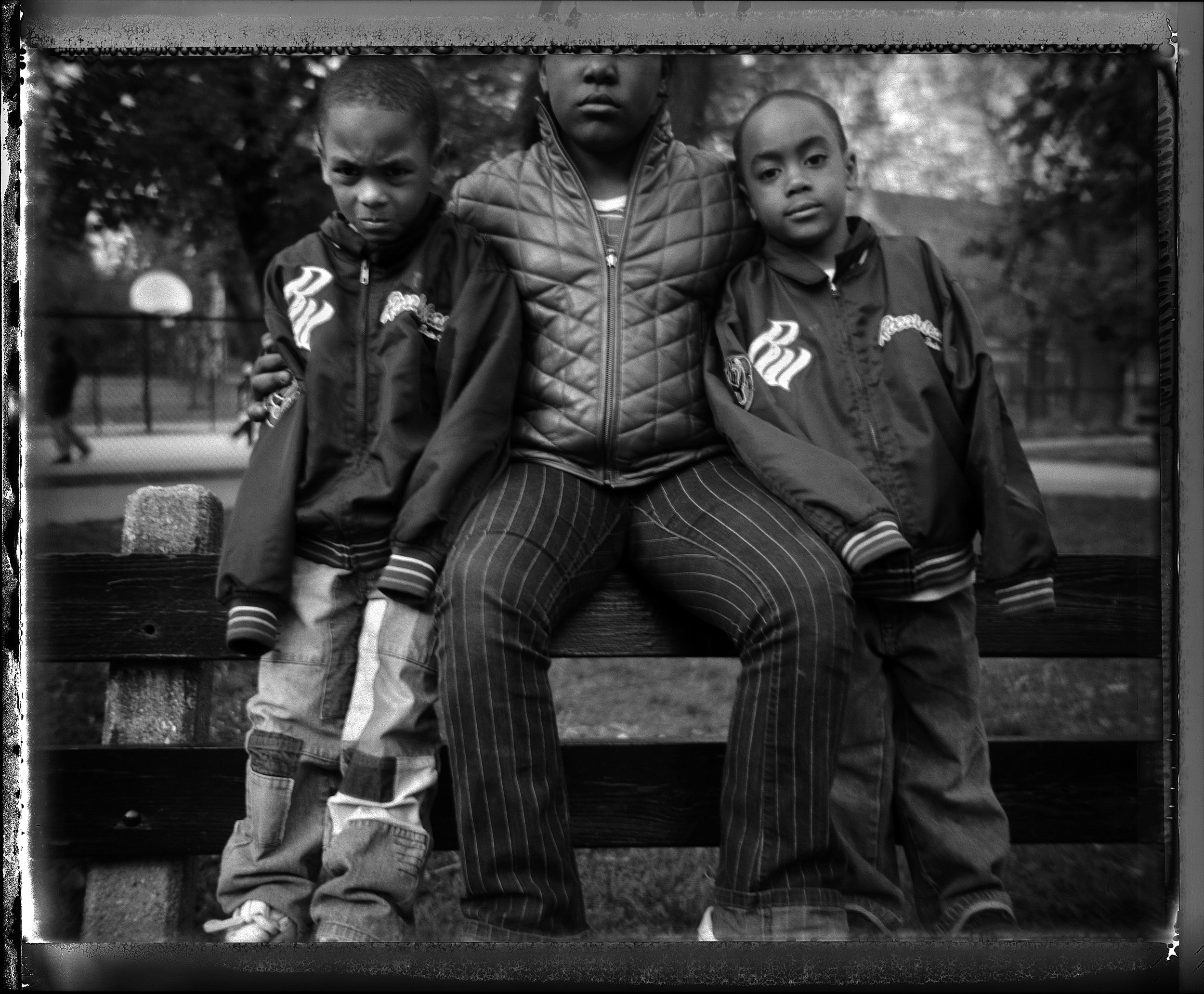
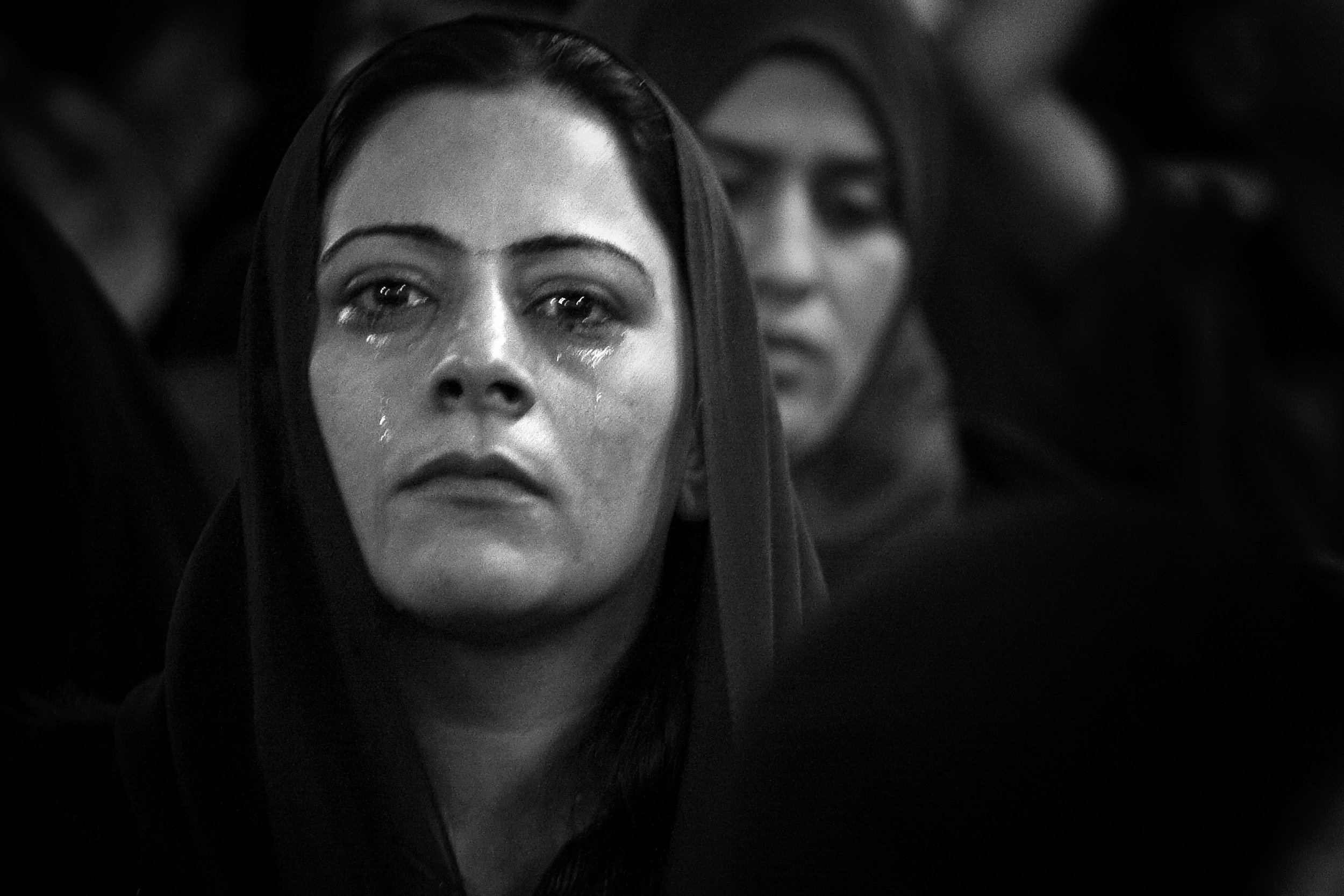
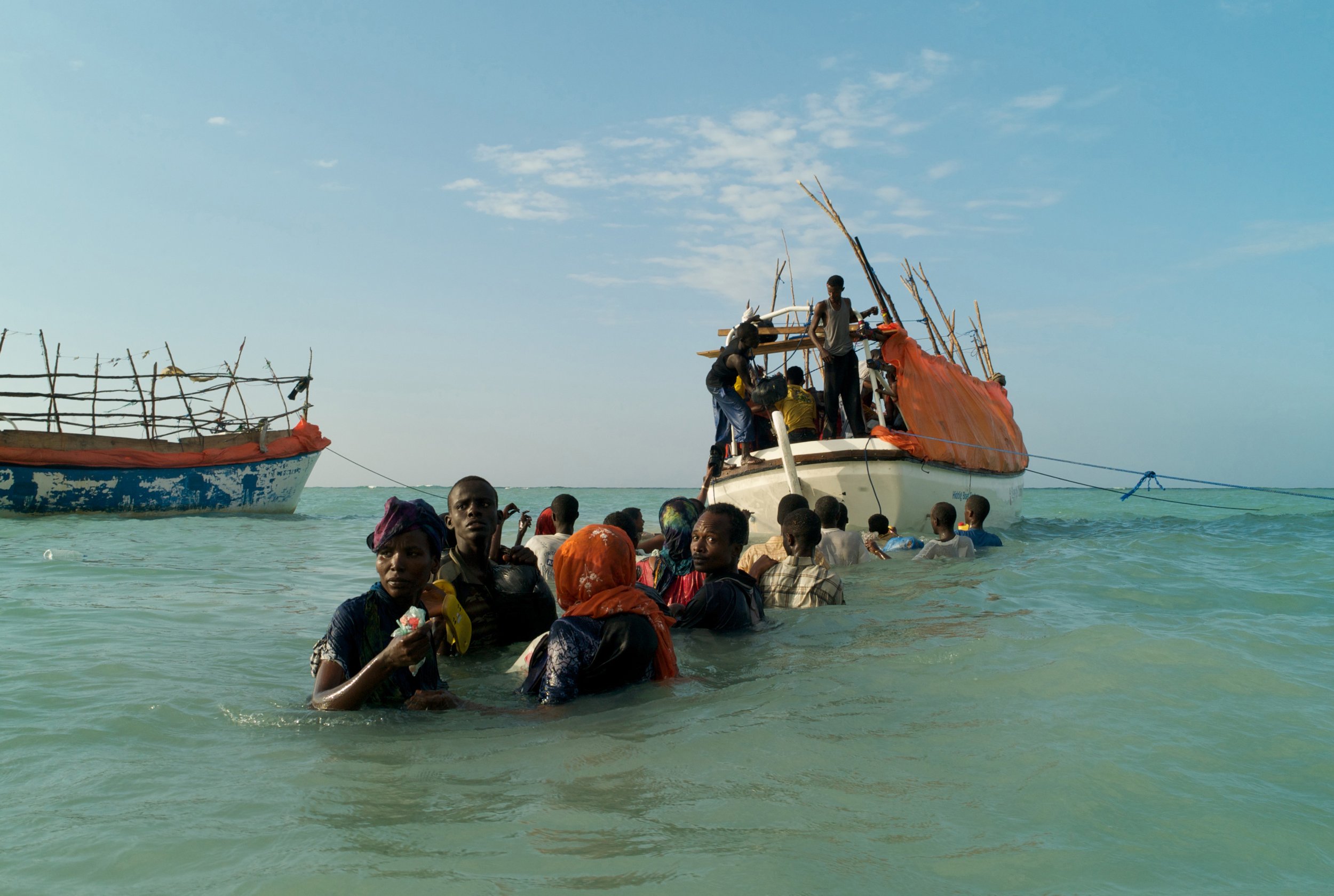
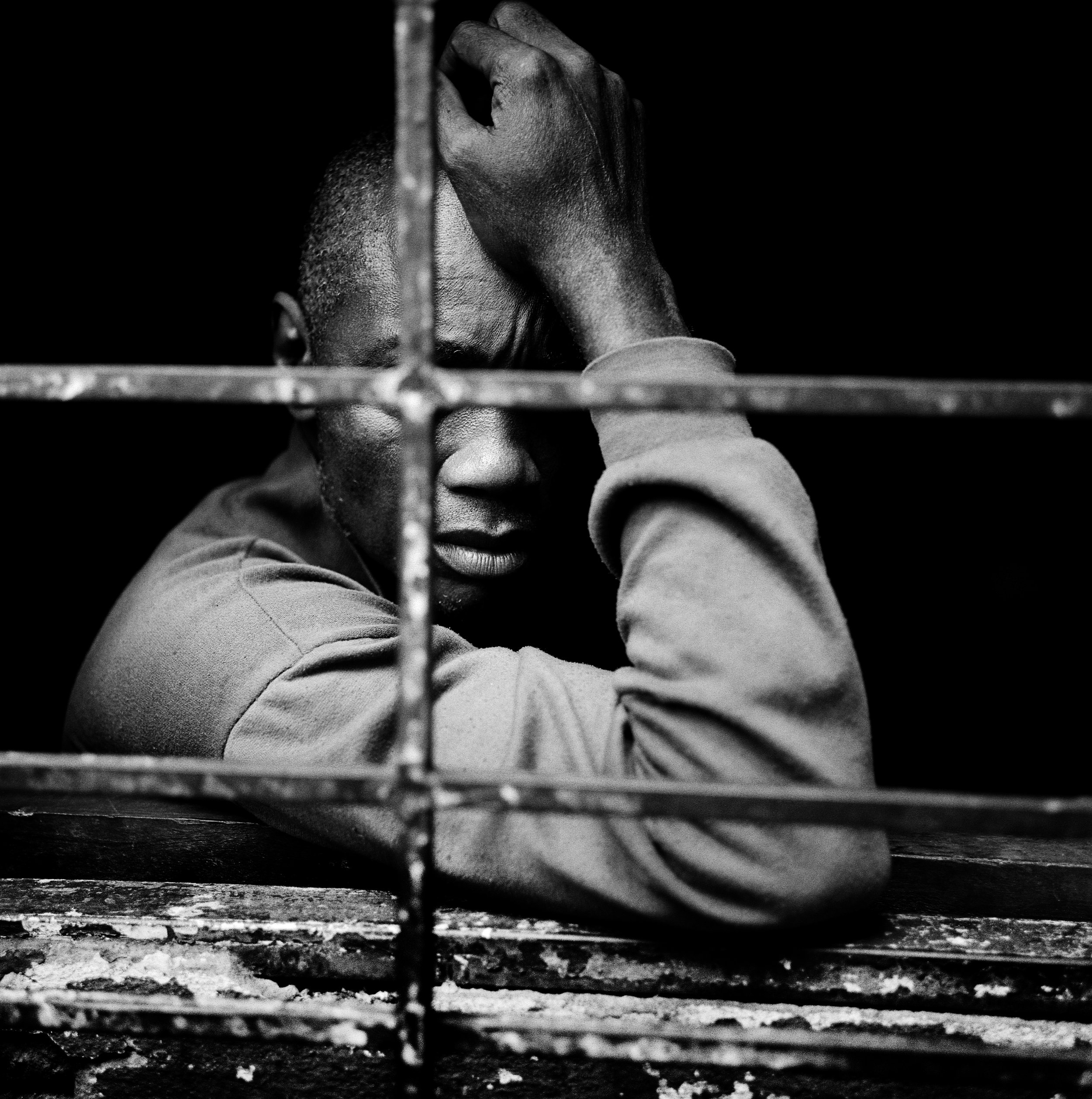
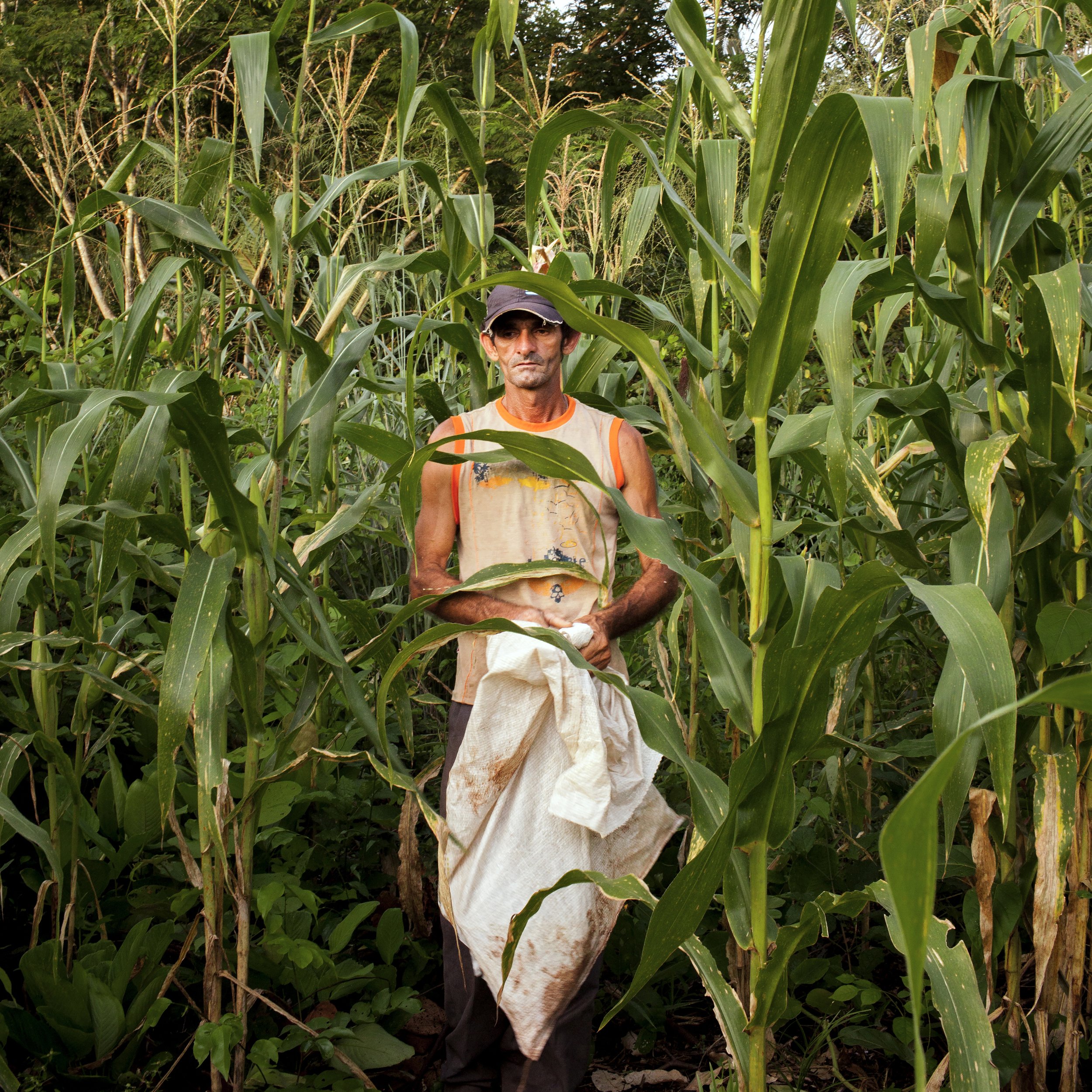
The Details
EXHIBITION Dates: WEDNESDAY, APRIL 13 - SUNDAY, JUNE 5
Open: Tuesday, Wednesday, Thursday, Friday, Saturday from 10H - 19H & Sunday from 13h - 19h.
Location: Donors’ Gallery at the Bibliothèque nationale de France. Quai François-Mauriac, 75013 Paris.
Created in 2007, NOOR is comprised of 13 award-winning photographers from 9 different nationalities. This year the agency celebrates its fifteenth anniversary. For the occasion, these established visual storytellers delved into their archives to share over sixty prints with the Bibliothèque nationale de France's Department of Prints and Photography.
Photo © Yuri Kozyrev/ NOOR
This collection of images, which highlights global events, will be presented in the François-Mitterrand location in the Donors' Gallery from April 13 to June 5. Titled “This World That Watches Us: 15 Years of NOOR Agency,” this exhibition embodies the motto of one of the agency's founders, Stanley Greene, that "some things simply need to be seen," a maxim for members who continue to demonstrate their photographic intent and commitment to the world around them.
Officially launched during the Visa pour l'Image festival in Perpignan, France, in September 2007 by Stanley Greene and Kadir van Lohuizen, they were soon joined by seven other co-founders, including Pep Bonet, Yuri Kozyrev and Francesco Zizola. This new agency came at a time when the codes of photo-reporting and visual documentation had been turned upside down; budgets were downsizing, and crowd-sourced photojournalism was becoming increasingly prominent. For NOOR members, the aim was to apply their journalistic approaches to shed light on forgotten stories that media organizations gradually turned away from. The creation of this agency, in the form of a cooperative, is all the more poignant for its continued commitment to educating talented young photographers around the world as part of the Nikon-NOOR Academy sponsored by Nikon Europe.
By integrating different themes––reports on elections, wars, ecology, sociological or economic research––with supportive writings, this exhibition is an immersive experience as witnessed by NOOR photographers.
Photo © Tanya Habjouqa/ NOOR
This exhibition is generously supported by Matthew Rothman and the NOOR Documentary Foundation USA. NOOR would also like to thank Nikon for their continued commitment to the agency.
Entry requirements: This exhibition is free to the general public. The Health Pass is compulsory to access the exhibition. It should be noted that the conditions of access may change according to the ongoing health situation. Be sure to consult bnf.fr before your visit.
RSVP is required to attend the panel discussion. Contact 01 53 79 83 00 or evenements@bnf.fr to express interest.
Header Image © Sanne De Wilde/ NOOR
Check out the Panel Discussion held on Tuesday, April 19.
Location: François-Mitterrand - Petit auditorium, Quai François-Mauriac, Paris 13 Arrondissement.
Please note: In French only.
Press
Arte.fr: ‘Photographie : les 15 ans de l'agence Noor’, published on April 21, 2022.


